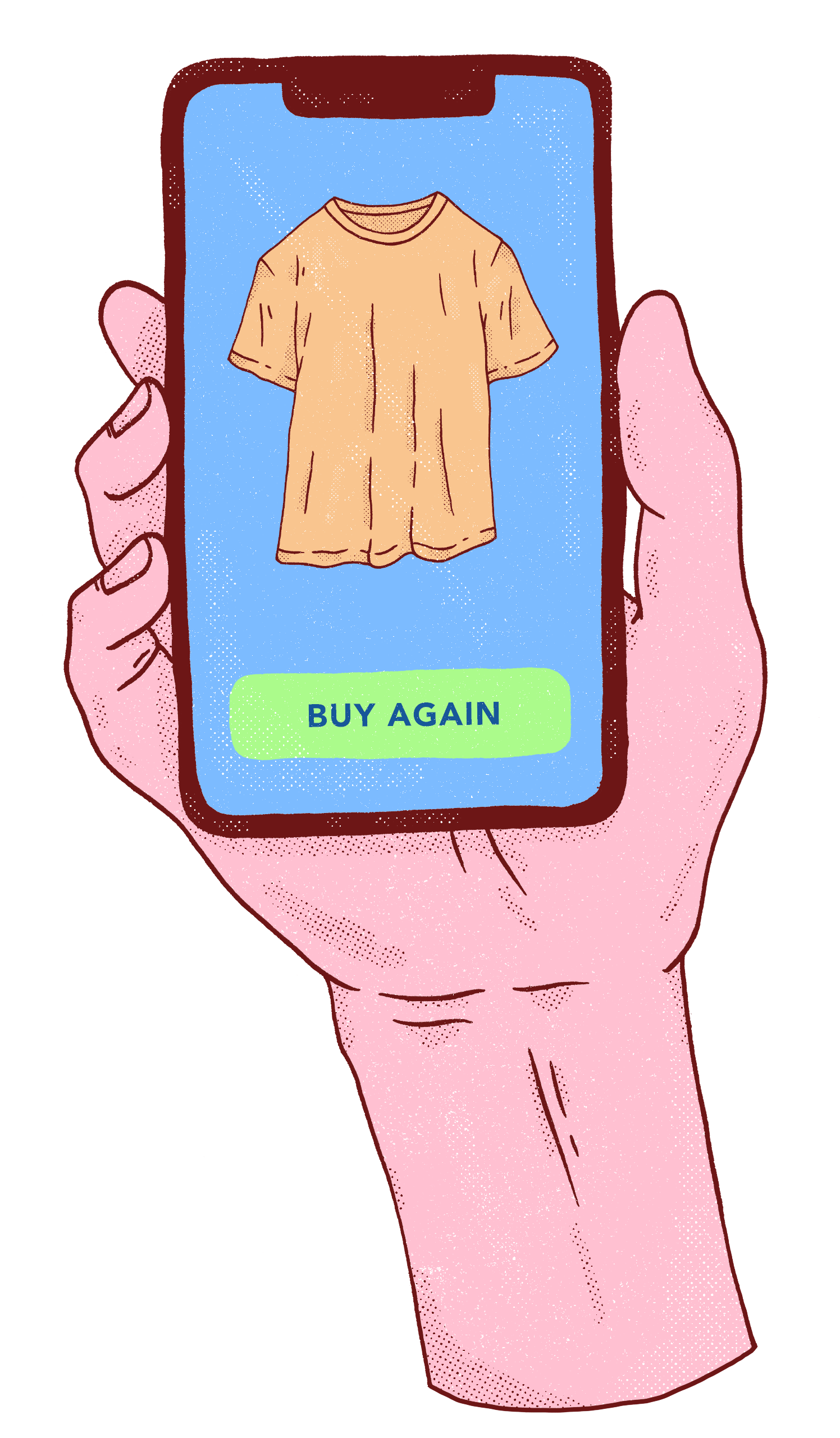

Every business needs loyal customers to grow.
Having a loyal customer base will cultivate a high level of satisfaction and build a community of advocates for your brand.
There are proven tactics to increase customer loyalty. In the following chapters, we’ll cover some of the most successful real-world examples.
First, let’s make sure we're all on the same page when it comes to what customer loyalty is.
Customer loyalty is having people who buy from your brand many times. This increases their lifetime value, or the total amount of dollars they spend with your brand from their first purchase to their last.
It costs five times as much to get new customers than it does to retain existing ones, according to the conversion consultant firm Invesp.
Increasing customer lifetime value is how your business grows.
Customer loyalty isn’t a one-size-fits-all type of thing. There are different tiers of loyal customers with different levels of enthusiasm for your brand.
A baseline customer buys from your brand once and probably never thinks about it again.
An evangelist or “champion” buys from your brand all the time, follows your social accounts, and raves about you to their friends.
Glossier is a great example of a business with a lot of brand champions. Glossier customers love their products.
Even more than that, they love telling people they love their products.
Almost all of Glossier's products have over a thousand reviews, and manage to maintain above 4-star ratings.
Just look at the reviews for their Milk Jelly Cleanser. It has almost 2,000 reviews and 4.2-star rating!
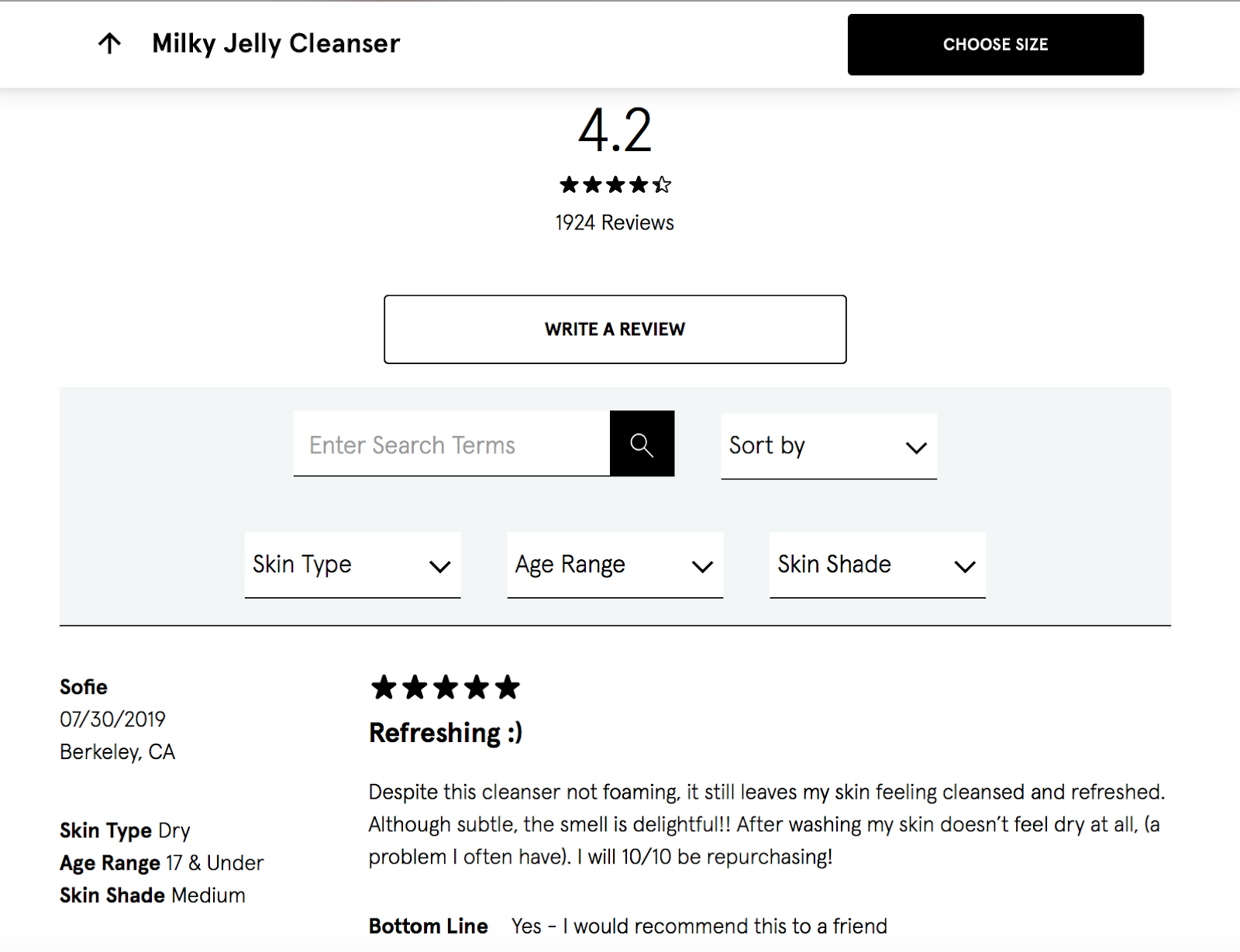
Not to mention Glossier has actively cultivated their social following by treating every customer like a brand ambassador.
Glossier has over 2.2 million followers on Instagram, and posts get anywhere from 20k to 92k likes. That’s an engagement rate between 0.91% and 4.18% — well above the 0.86% average for the Health and Beauty industry on Instagram.
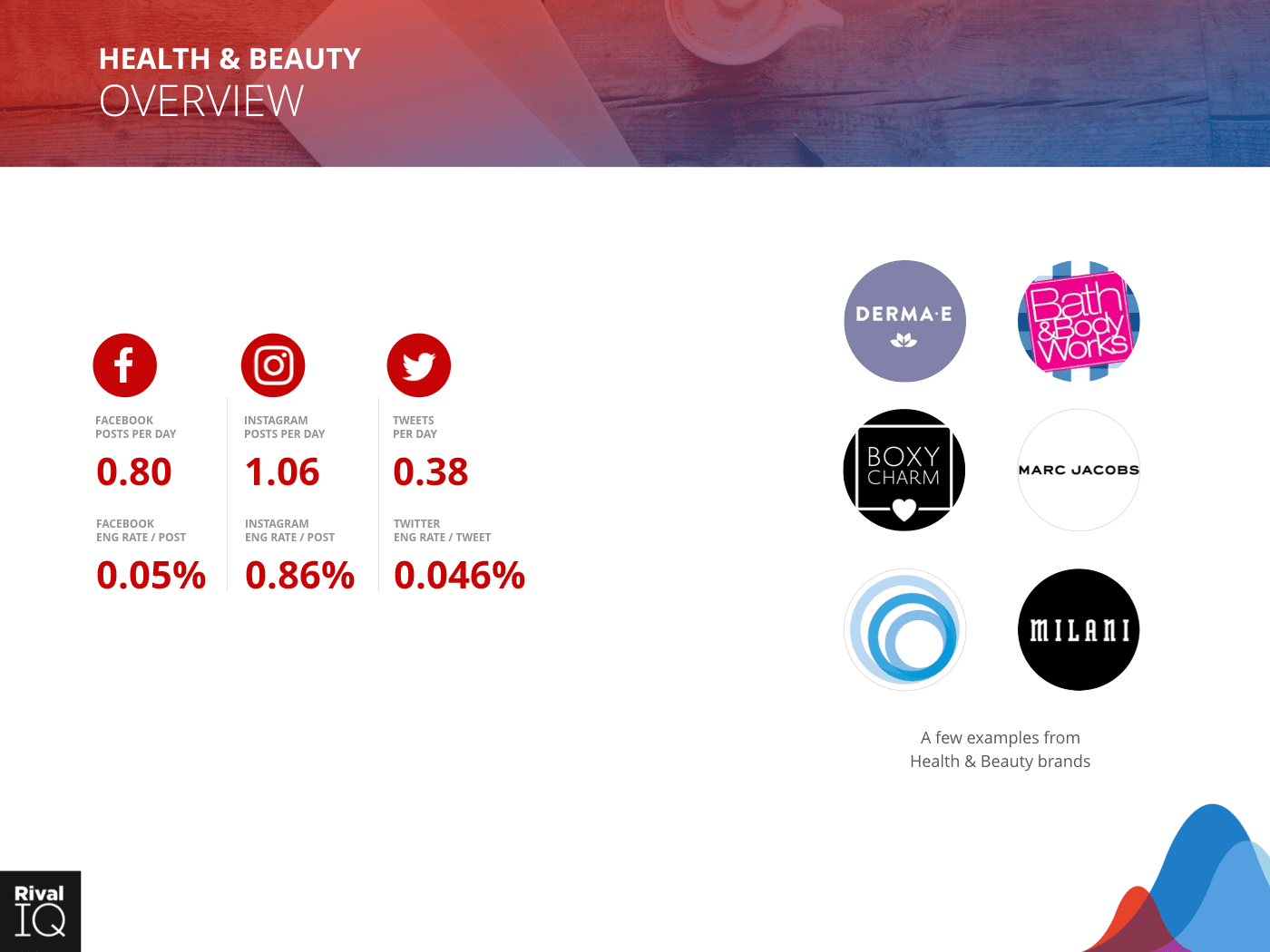
Everlane is another brand with strong customer loyalty and a well-established community on social media (they have over 755k followers and post engagement rates that reach up to 1.48% — higher than the industry average of 0.94%).
Their brand mission is to make stylish, affordable clothing sustainably. On its website, Everlane highlights its ethical labor practices and radical price transparency.
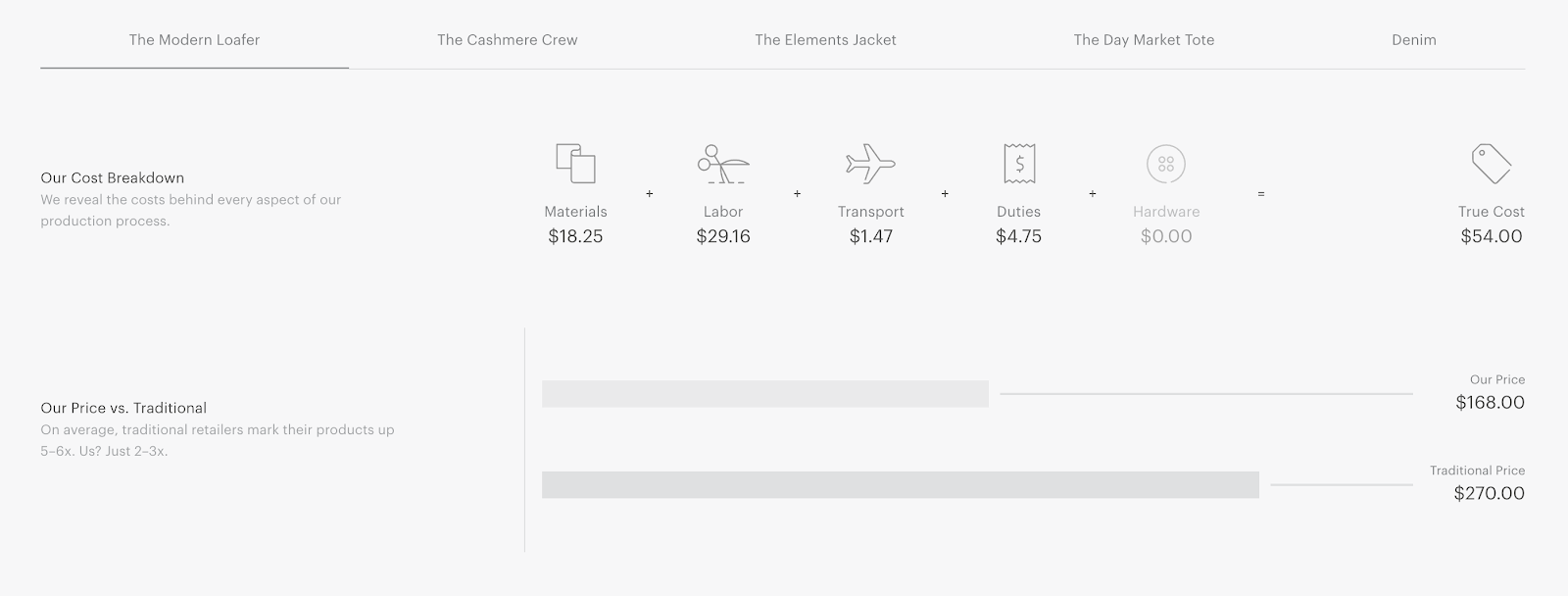
Its customers want to support its mission. Super loyal fans of the brand will buy almost every item Everlane drops, or multiples of a favorite piece.
In return, Everlane offers its most VIP customers incentives like exclusive factory tours and the opportunity to give feedback on prototypes of pre-launch apparel.
Outdoor Voices has also established a loyal customer base in the crowded market of athleisure.
By targeting people who might be intimidated by competitive athletics, Outdoor Voices has managed to create a lifestyle of “doing things” in its apparel. Every moment becomes an Outdoor Voices moment, inspiring hundreds of social media posts from brand champions.
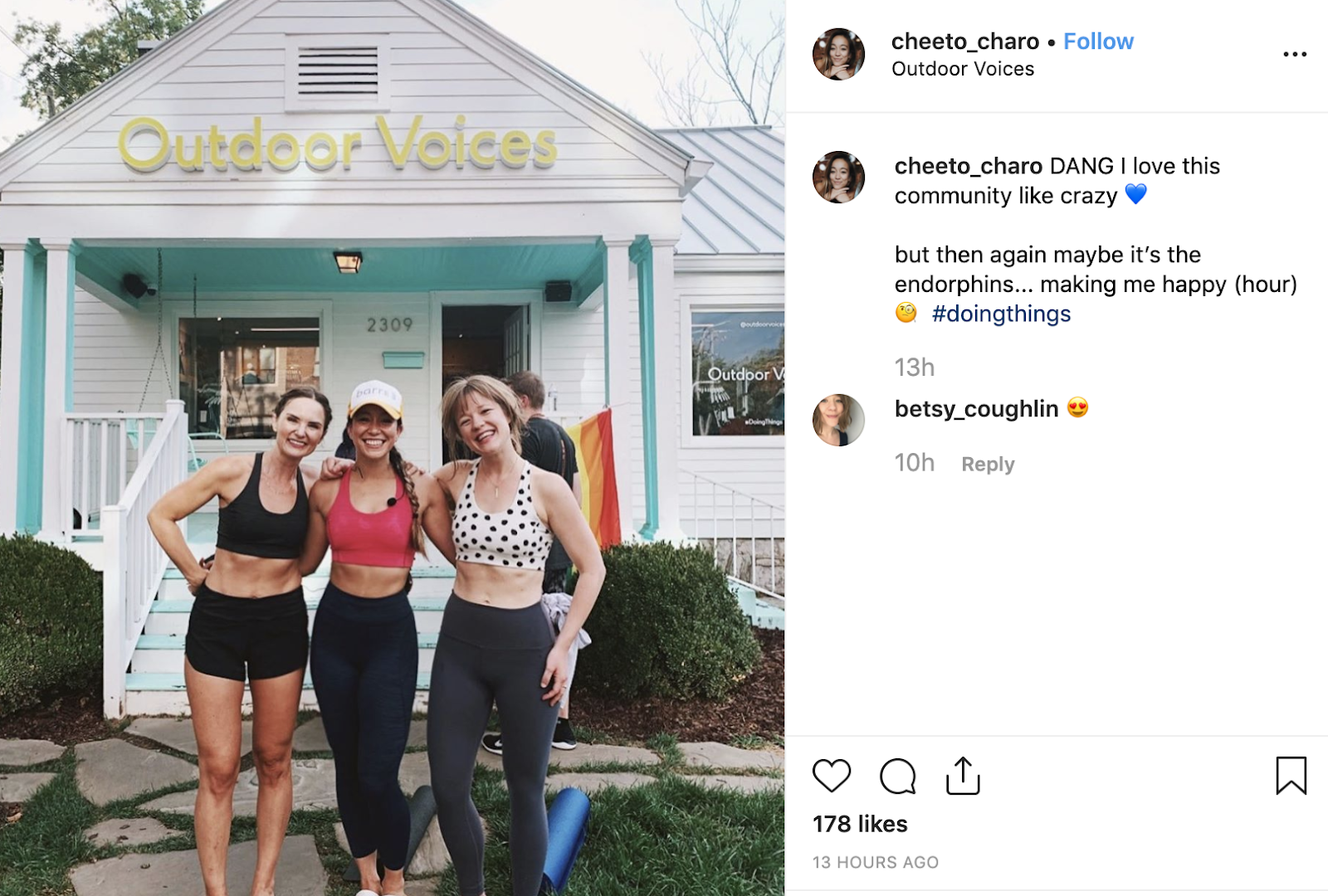
Customers are also encouraged to give feedback. When the brand launched its Running Collection in 2018, it started by soliciting customer input on social media.
All of these models establish different tiers of customer loyalty. So how do you figure out which customers are at what level?
"Every moment becomes an Outdoor Voices moment, inspiring hundreds of social media posts from brand champions."
With an RFM analysis.
A recency, frequency, monetary analysis will identify your least and most loyal customers, and highlight how they interact with your brand.
To calculate RFM, you'll need to know:
Each metric gets a weighted score, and you can pick the scale.
Before we get into an example, keep in mind that the segments you end up with and how you get there will be different based on your customer buying patterns.
Let’s look at frequency real quick. Beauty products need to be replaced on a regular basis, so a beauty brand’s “at-risk” customers are those who haven’t purchased in 3-4 months.
For a clothing brand, on the other hand, customers have a longer time interval between purchases to begin with, so their “at-risk” customers would be those who haven’t made a purchase in 6-9 months.
This is just one way the metrics can change based on your specific business. We’ve got more examples as you keep reading.
For this example, a scale of 1-5 is an easy place to start. 1 represents the least loyal customer and 5 represents the most.
With recency, assign a 5 to anyone who has purchased in the last three days, 4 in the last week, 3 in the last 10 days, 2 in the last two weeks, and 1 for anything past two weeks.
For frequency, give anyone who has only made one purchase a value of 1. Give a 2 if they’ve made two purchases, and so on. 5 is for anyone who has made five or more purchases.
For monetary value, you’ll have to decide what levels of revenue you consider the best and the worst per customer and assign them a value between 1 and 5. First, look at the price range of your products, then look at your customers’ lifetime spend.
Try to identify lifetime spending trends throughout your customer segments. Compare between your top 5% of customers, the next 15%, and so on and so forth to get an idea of what monetary investment your top and lowest spenders are making with your brand.
You’ll end up with segments that look similar to this:
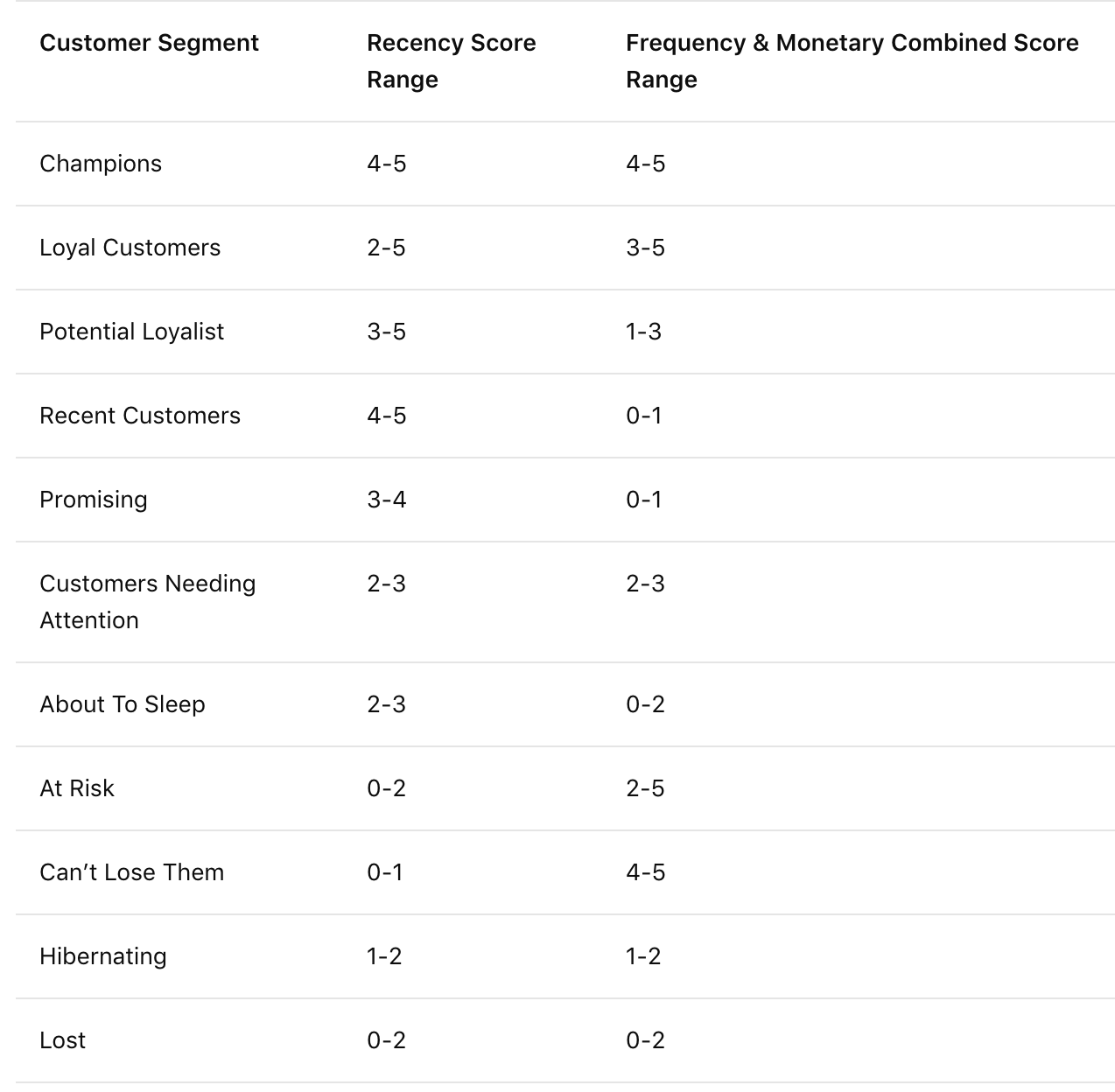
As we mentioned, when you do your own RFM analysis, the weight you give each metric will vary based on your business.
Let’s compare the blender brand Vitamix to the skincare brand Drunk Elephant.
Vitamix sells blenders that range in price from $279 USD to $719 USD. Their blenders are durable and last a long time.
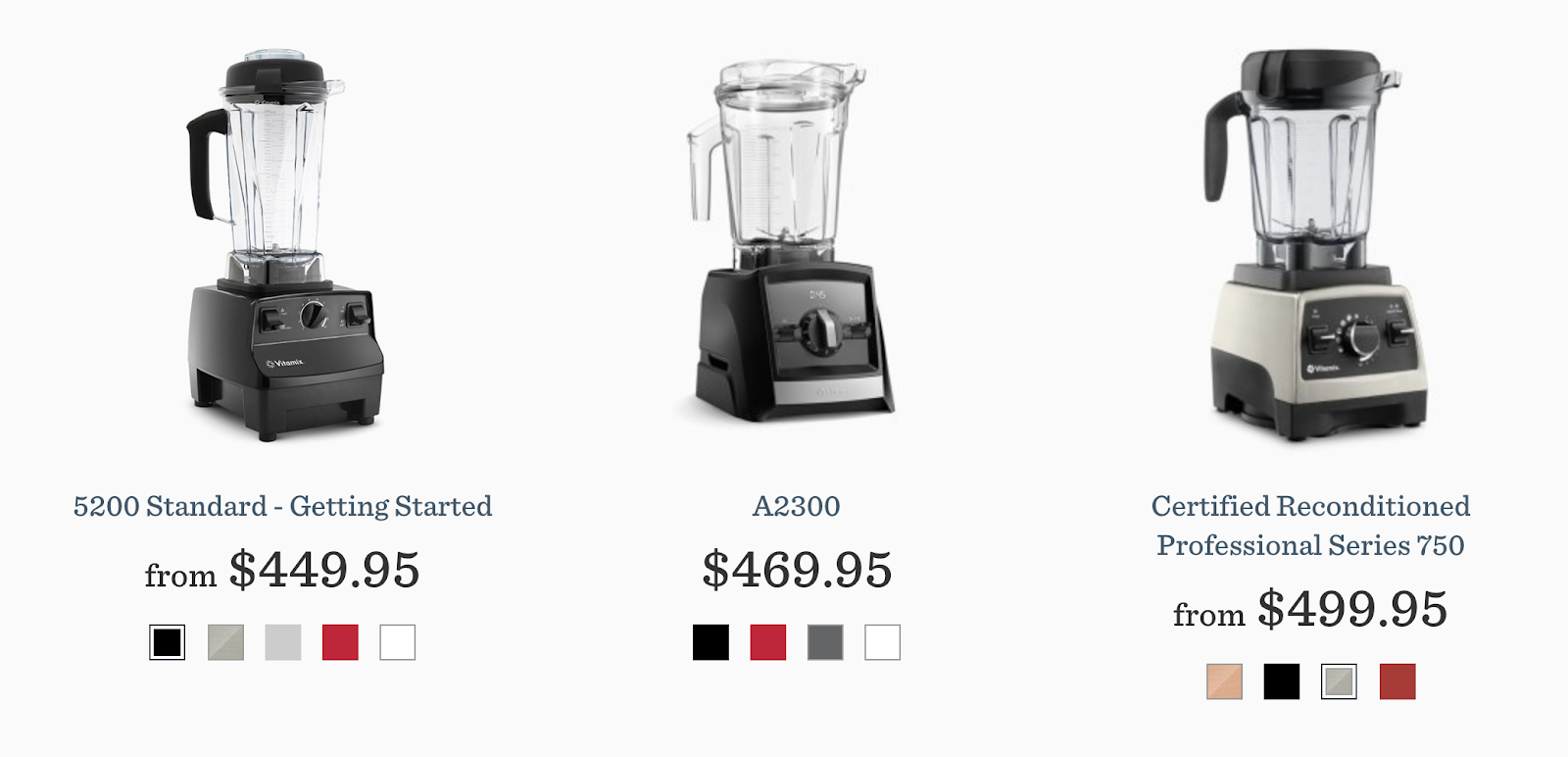
Drunk Elephant sells products for every step of a skincare routine. Their products can be anywhere from less than $20 USD to over $100 USD.
But most people use skincare products daily, and need to replace them regularly.
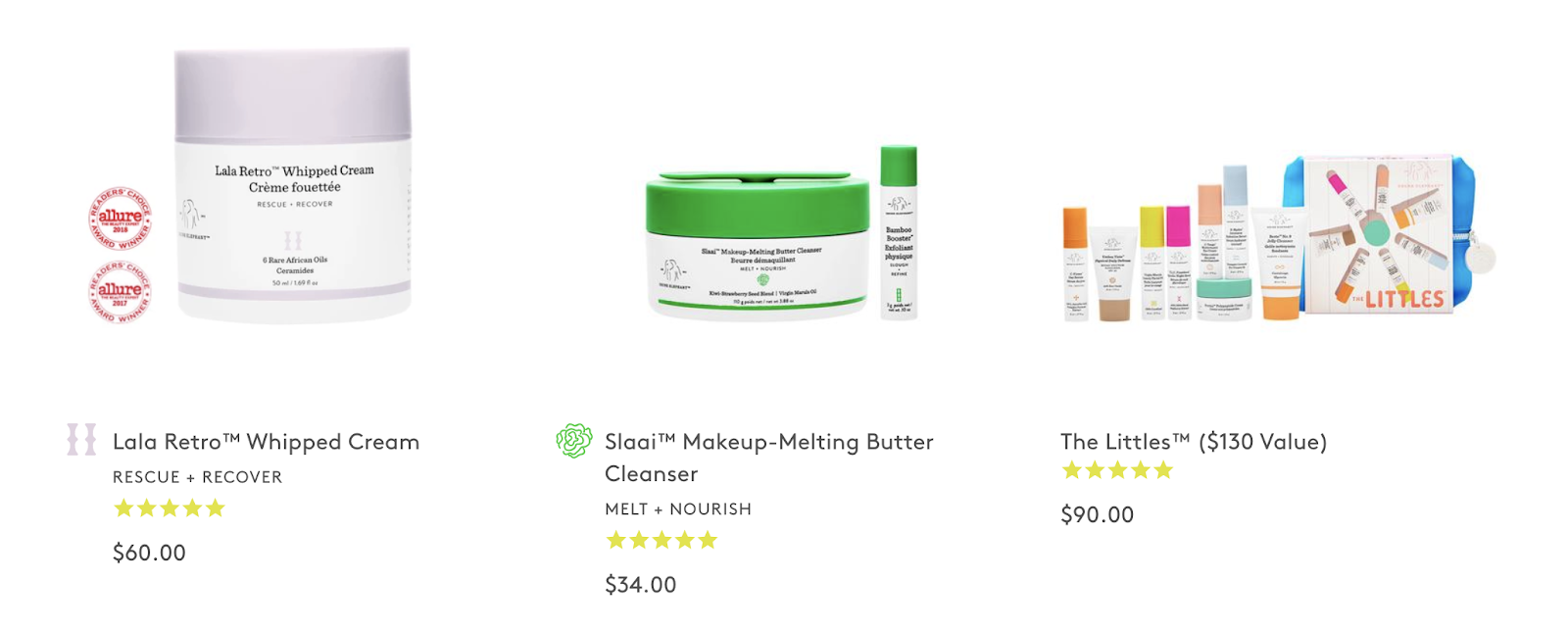
These brands rely on frequency differently.
For Vitamix, it’s less important that customers re-purchase, as their blenders are meant to last a long time. What’s more important is the monetary value they drive from each purchase.
For Drunk Elephant, it’s the opposite. Frequency is more important than the amount of money the brand makes from each purchase. A loyal customer is someone who repeatedly purchases on an ongoing basis.
So what do Vitamix and Drunk Elephant’s “at-risk” and “loyal customers” actually look like?
For a moderately priced skincare brand like Drunk Elephant, “at risk” customers are those who bought one or two products and haven’t bought anything else in a while. They tried a new cream or serum, but haven’t come back to repurchase it once it ran out.
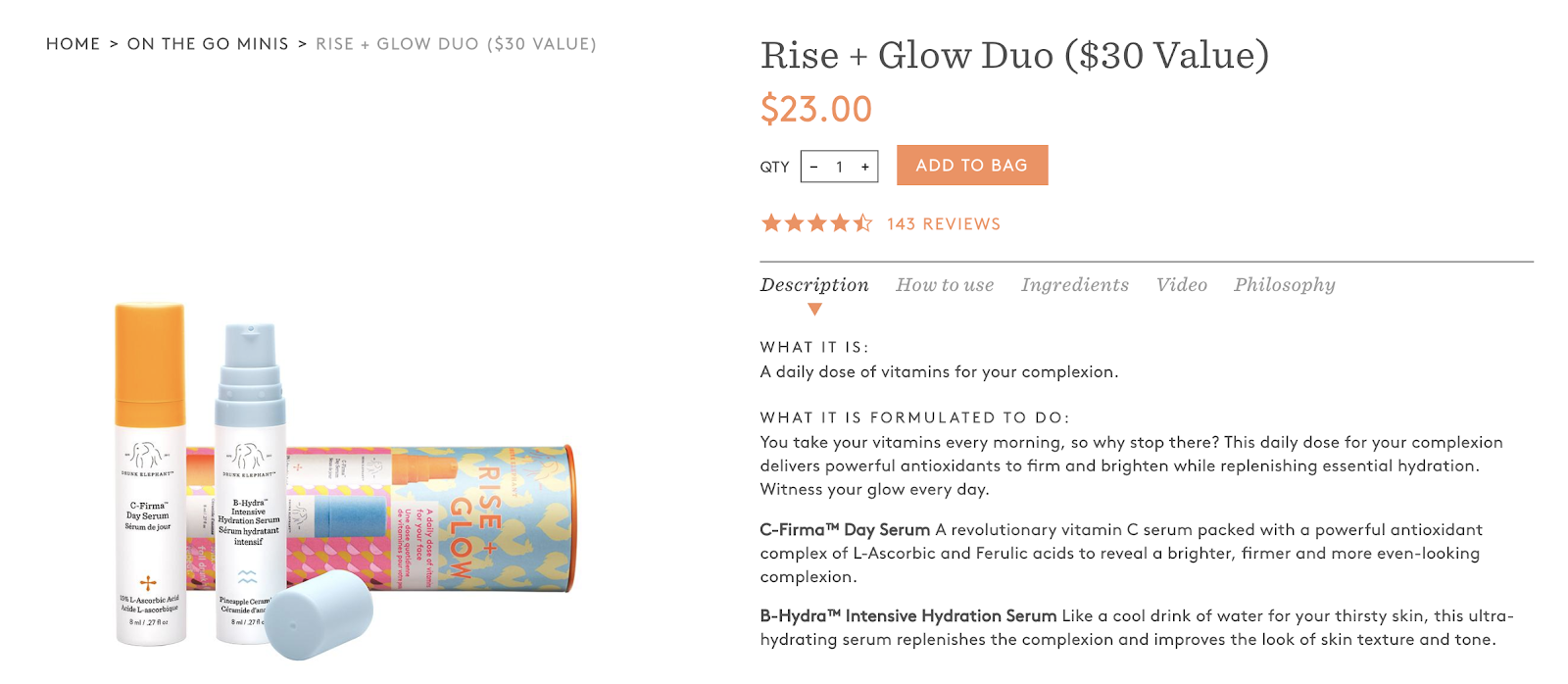
Drunk Elephant’s loyal customers are purchasing the same products on a frequent basis, without really changing or adding more to their order. They’ve found a particular serum or mask that they love, but they haven’t committed their entire skincare routine to Drunk Elephant products.
Their brand champions, however, are the customers who regularly purchase a collection of skincare products, some of the brand’s “Drunk Life” merch, and basically any new products they release. They engage with the brand on social media, and regularly leave reviews.
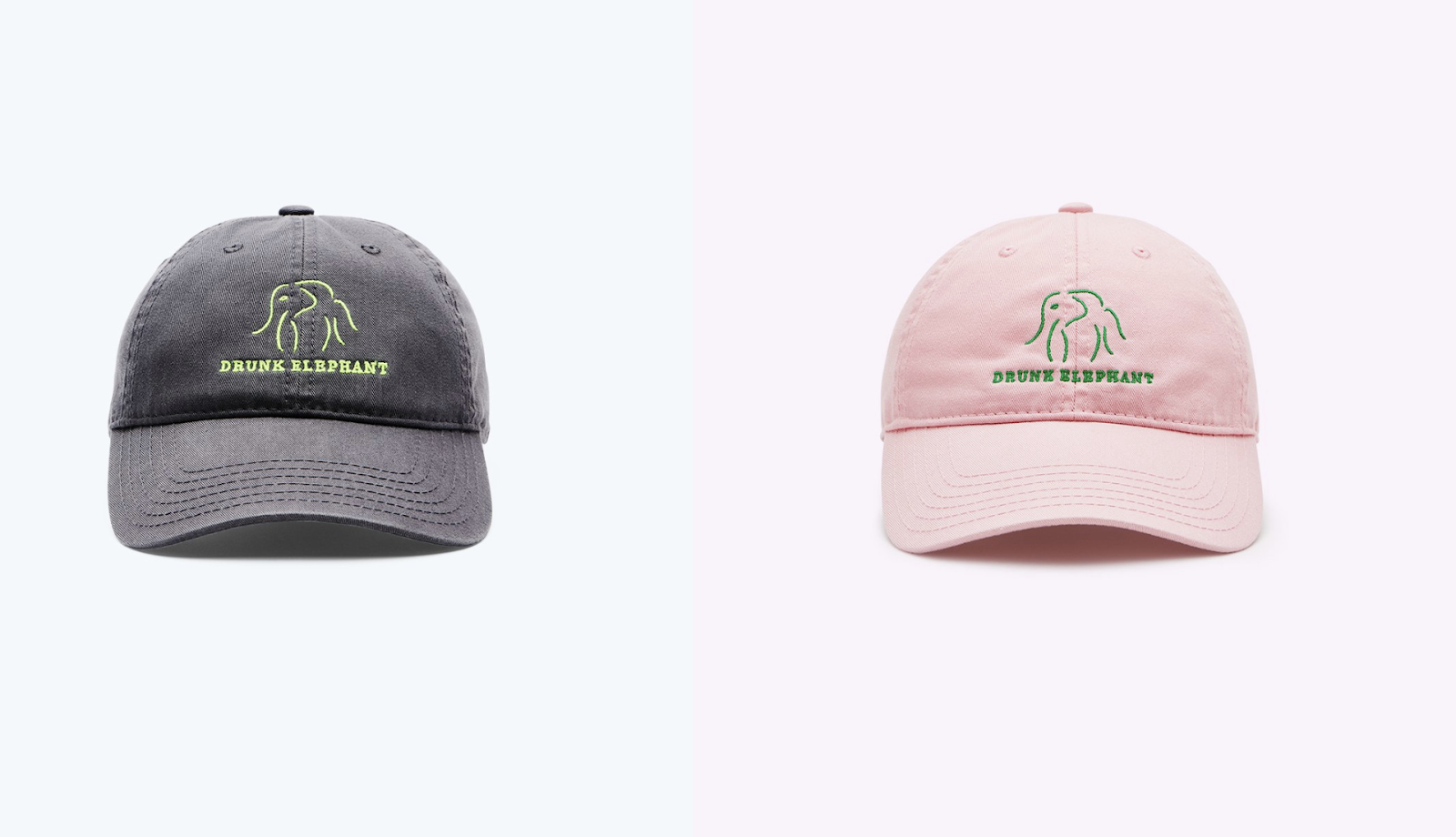
The definition of loyalty is completely different for a brand like Vitamix. Vitamix blenders are a higher value product, and likely a one or two-time purchase.
Their loyal customers are those who bought a blender, left a review, and come back every now and then when something needs to be replaced.
Brand champions for Vitamix are those who purchased a blender, decided they wanted to give one to a friend or family member, and regularly purchase the brand’s additional blender accessories. Most importantly, they’ll rave about their purchase to their friends and recommend the brand wholeheartedly.
An at-risk customer, however, has only made one purchase far in the past. Maybe they started out with one of the more affordable blender models, but they never got into the swing of using it, and now it’s starting to collect dust on their countertop. They’ve stopped interacting with the brand on social media, stopped opening their emails, and won’t go out of their way to recommend it to their friends.
What now?
Improving your loyalty and retention rate is all about nurturing your customers.
Knowing where your loyal customers are lagging behind or dropping off means you know where you need to step up your game.
Are you good at getting frequent purchasers to that top evangelist level? Focus your time on increasing the number of “promising” and “recent” customers who will funnel into that top level.
Seeing drop off between “loyal customers” and “champions?” Spend your efforts there.
There are strategies to help no matter where you need to improve your customer loyalty.

No spam, ever. We promise.
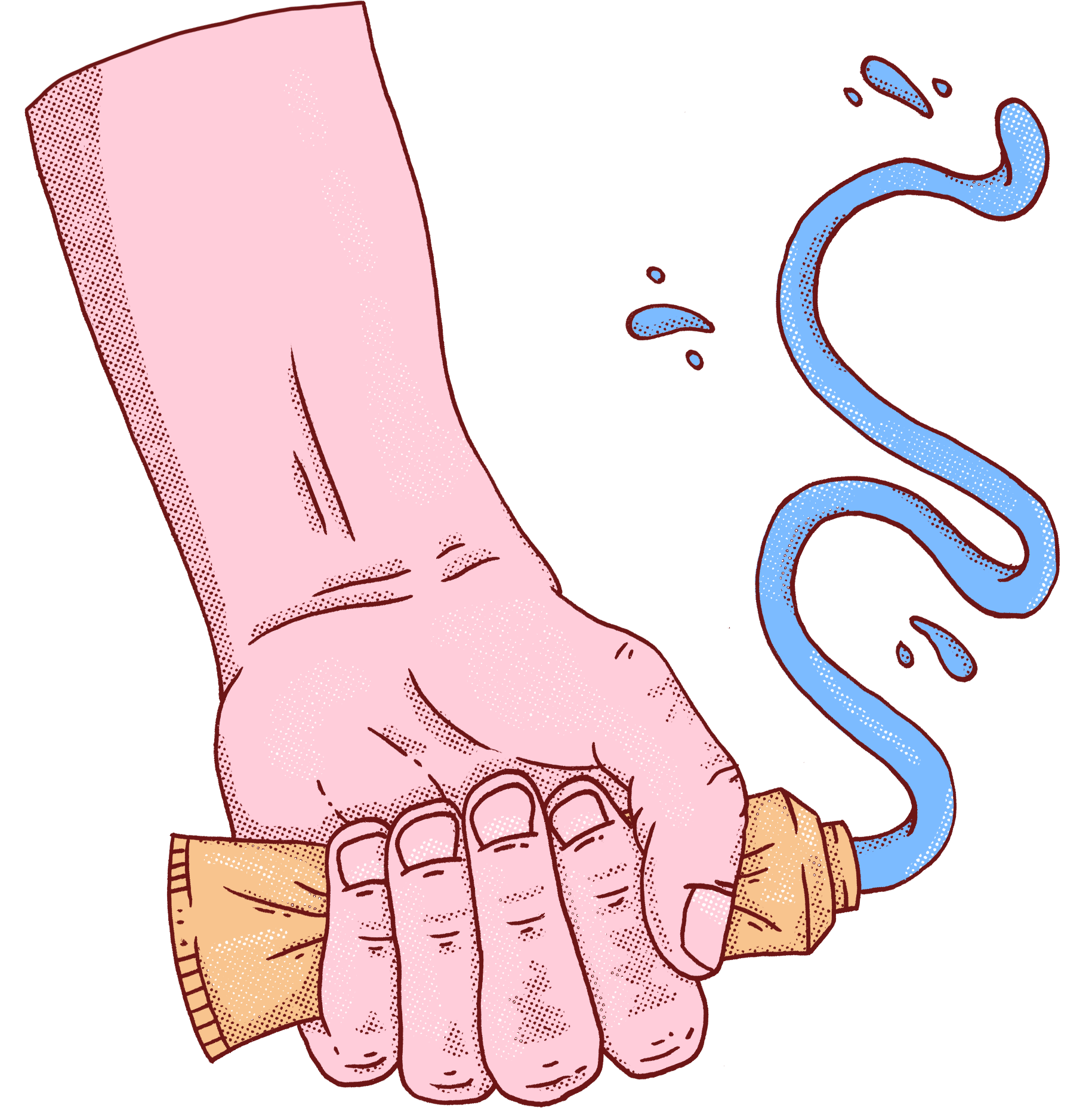
First comes the how. Customers need to know how to use your product.
You can do this by offering helpful resources to guide your customer.
The drone and aerial accessories brand Moment employs a team of dedicated Gear Guides to onboard new customers.
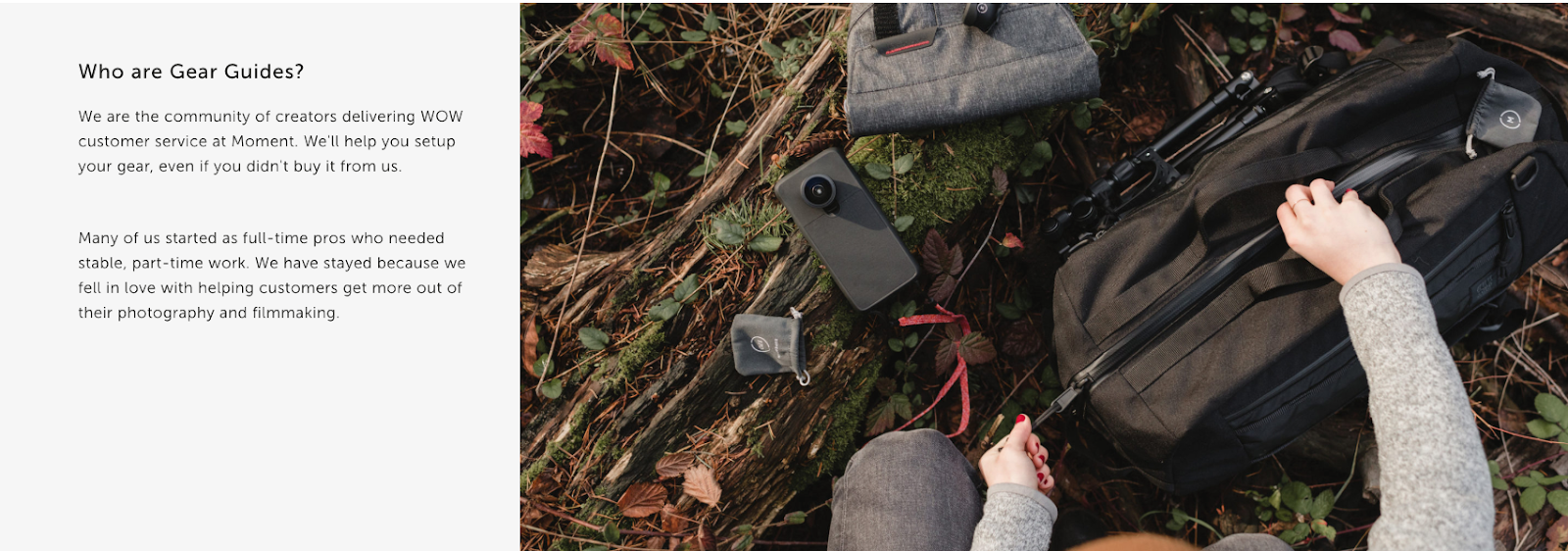
Their experts help you set up new products and demonstrate how to use them, even if it’s not a proprietary Moment product.
By doing this, Moment establishes itself as a trusted partner for consumers in the world of aerial gear.
The lingerie startup Third Love offers its knowledge to its audience in a different way.
The brand’s website features a detailed “Bra 101” guide, with solutions to common fit issues, size charts, a style guide, and more.
Customers and potential customers who explore this guide will come away with an understanding of Third Love’s expertise in the space.
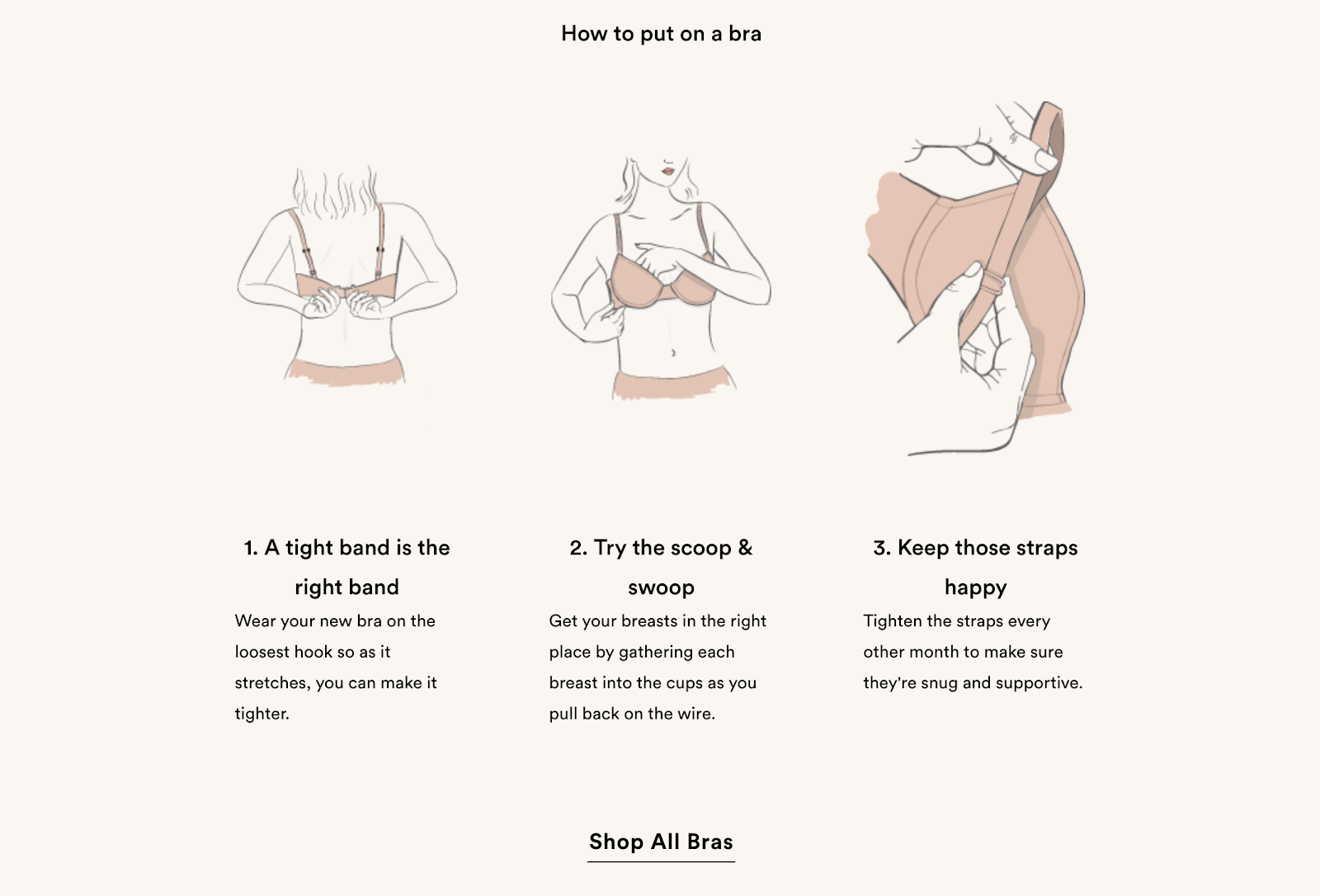
Videos are another way to convey your knowledge to your audience.
This Is Ground, a high-end laptop accessories brand, offers a series of detailed instructional videos that demonstrate how to get the most out of its products.
The benefits of a product are hard to miss when you can see them in action.
After you show consumers how to most effectively use your product, you need to inspire them with different use cases.
The cookware brand Great Jones came up with a creative way to help customers use their pots and pans.
They launched a cooking hotline. During an established time frame each week, the brand’s customer service team fields text requests from customers asking what to cook.
Users can list ingredients they have on hand, or request recipes for a particular event.
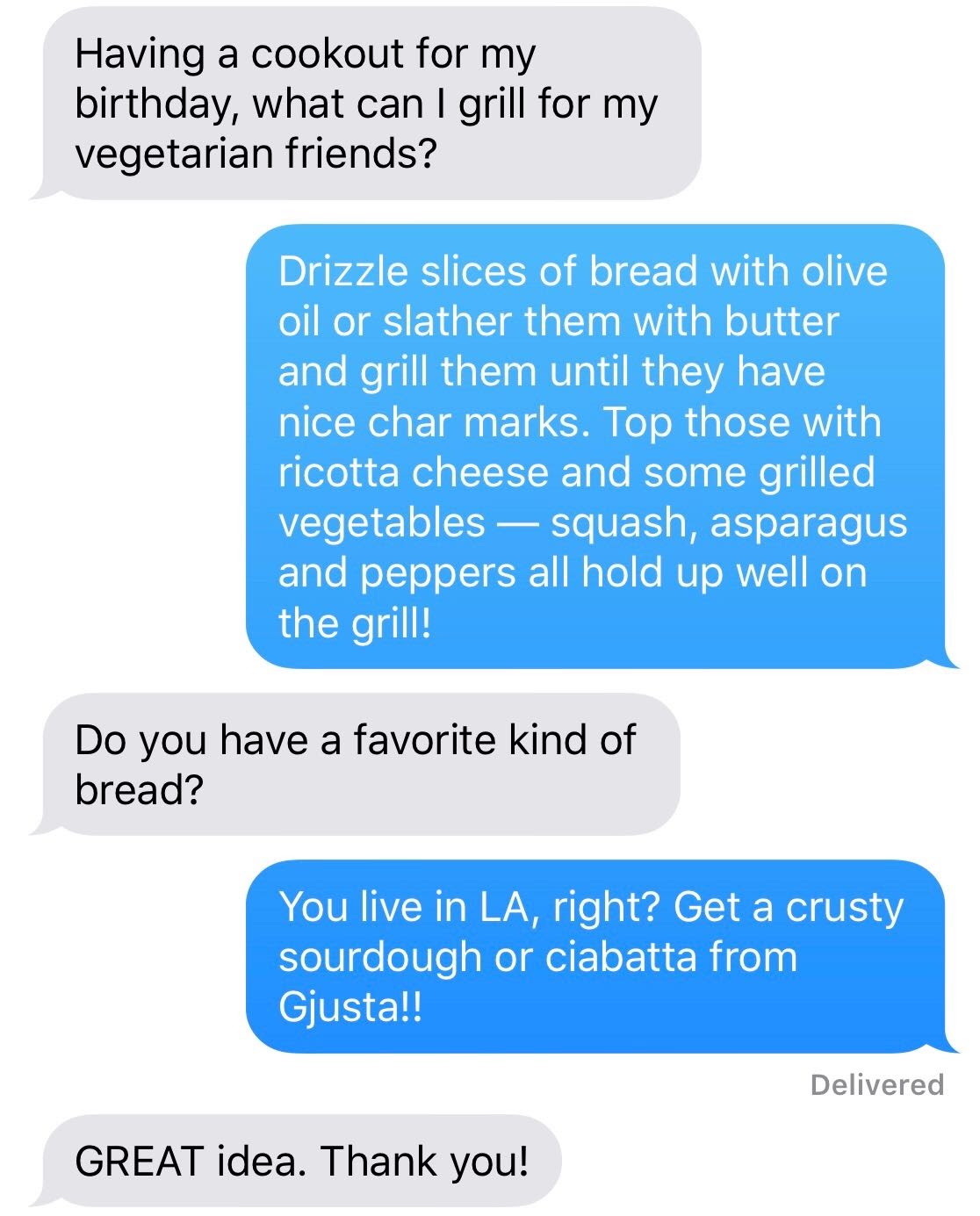
Another example of use case inspiration is Stitch Fix’s Style Cards.
The subscription fashion brand, which sends customers stylist-picked clothing based on a customer’s personal tastes, sends a card with each item in the shipment.
Each card recommends two different suggestions for how to style your new piece.
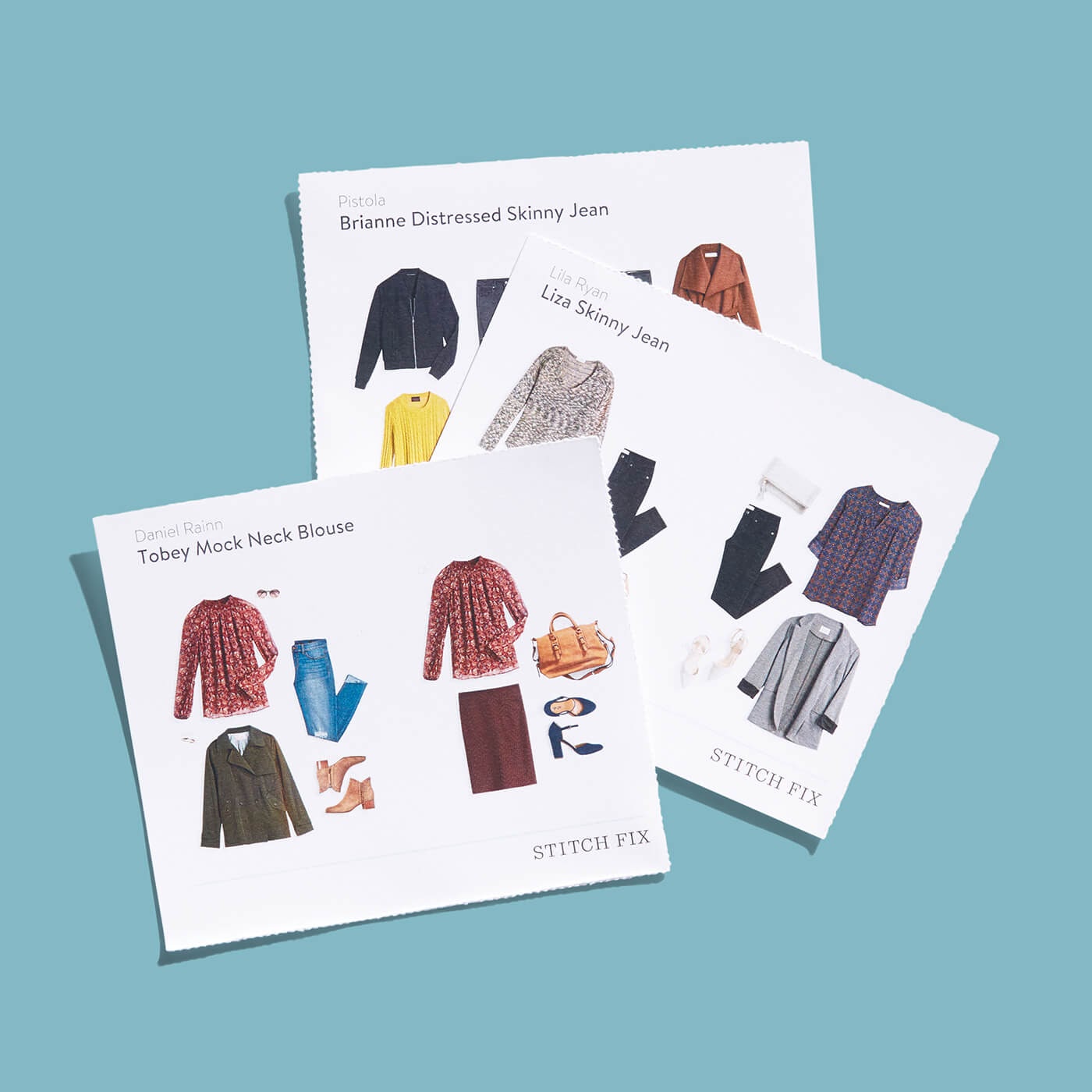
This way, even after a customer has purchased and received her shipment, Stitch Fix continues to act as her personal stylist.
The idea here is to extend your brand’s relationship with consumers long after purchase.
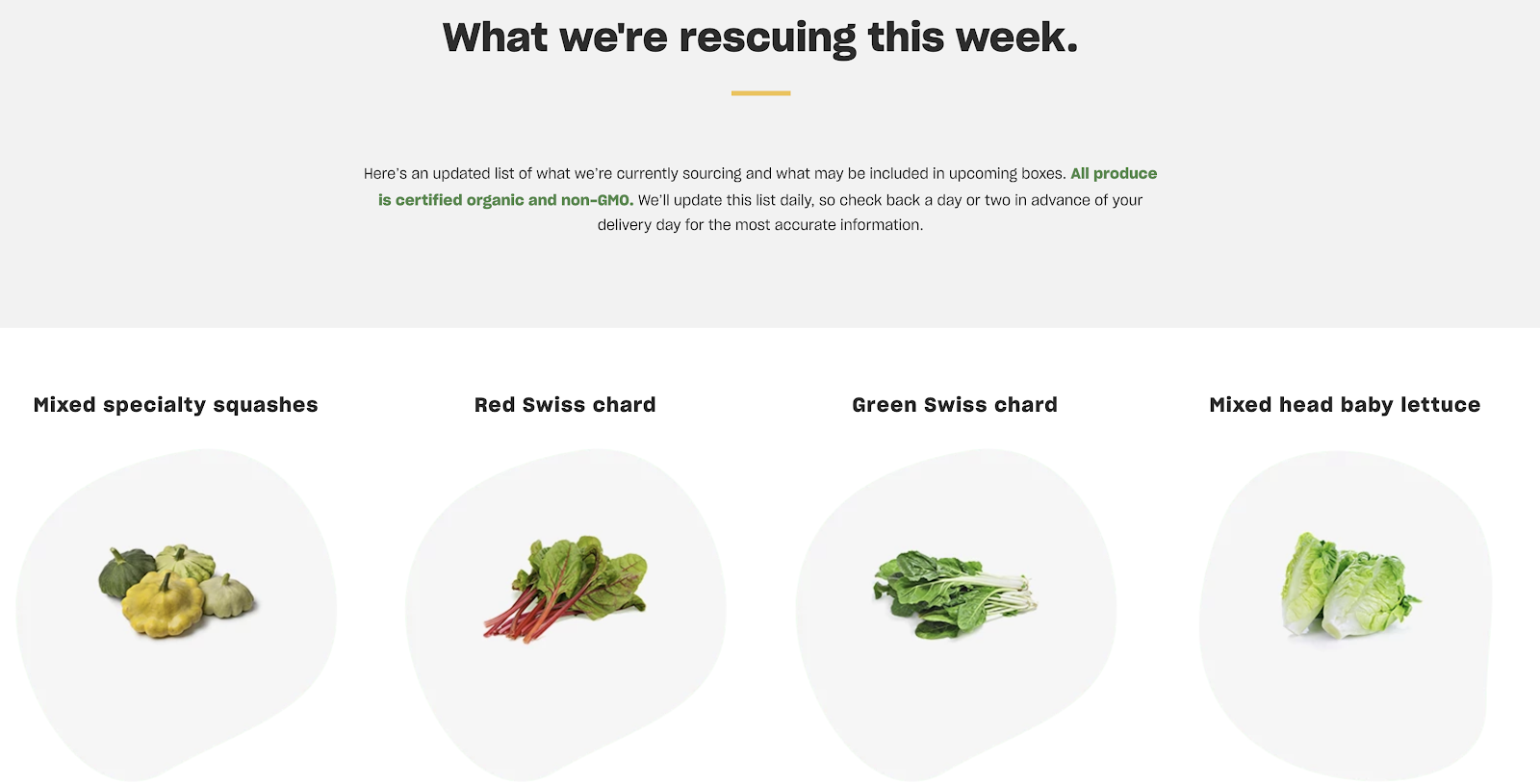
If your product catalog is one that frequently changes, you need a simple way to relay this information to your customer.
One brand that does this well is Misfits Market, which sells weekly and bi-weekly subscription boxes of un-beautiful produce.
Misfits Market features a page on its website that regularly updates with the new “rescued” produce of the week.
This encourages subscribers to check in about their next shipment and get excited about what’s coming next.
Ultimately, increasing product use rate is really about making your brand part of the entire customer journey.
Those are just some ideas to get you started — it’s up to you to find what works for your brand.

No spam, ever. We promise.
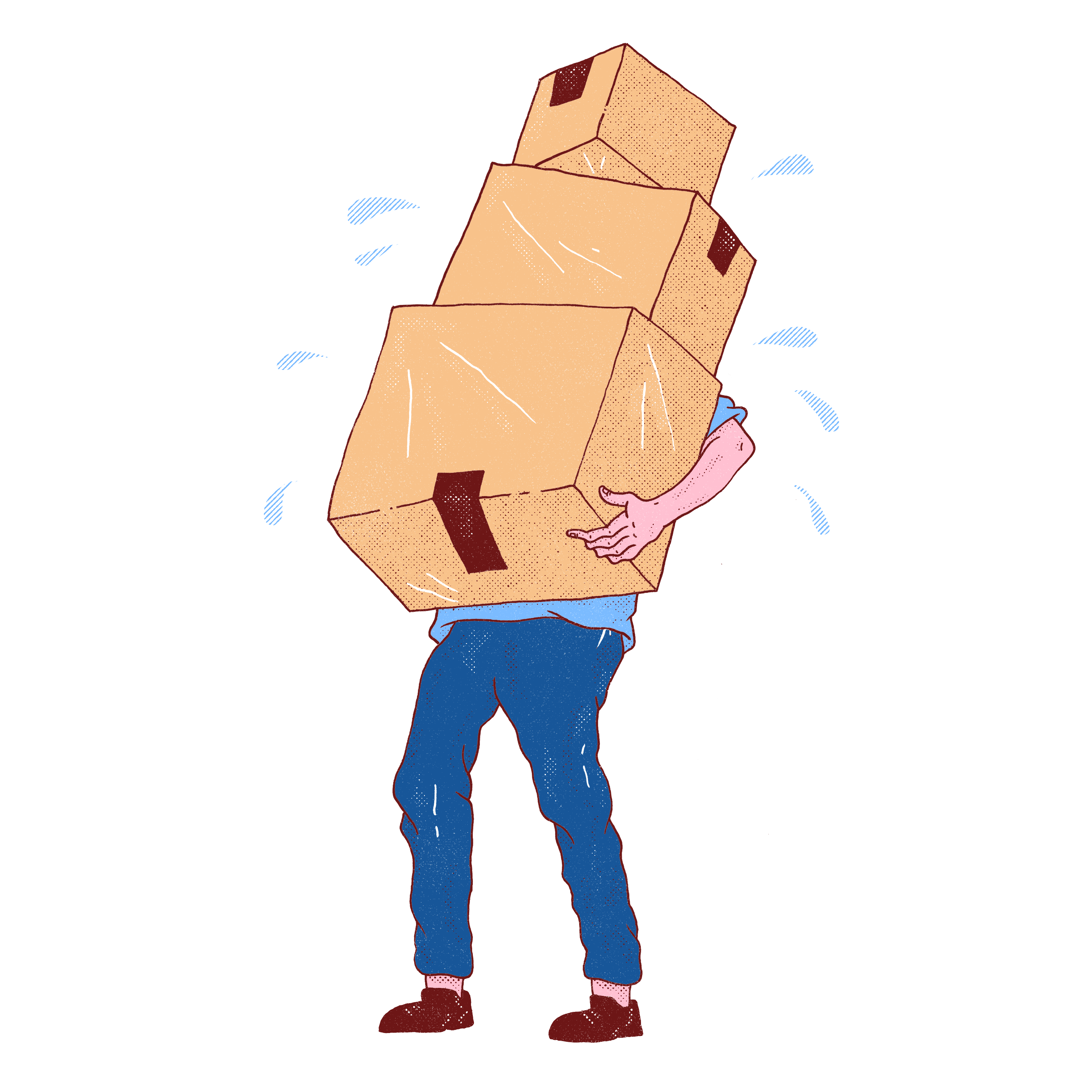
Removing friction during the checkout process will encourage more purchases.
This means saving a customer’s information so they can speed through your checkout the next time around.
With Shopify Pay, customers can save their credit card information with your site when they go through checkout the first time.
Consider enabling additional forms of one-touch payment, like PayPal or Apple Pay.
Even Instagram allows users to check out and store shipping and billing information without leaving the app.
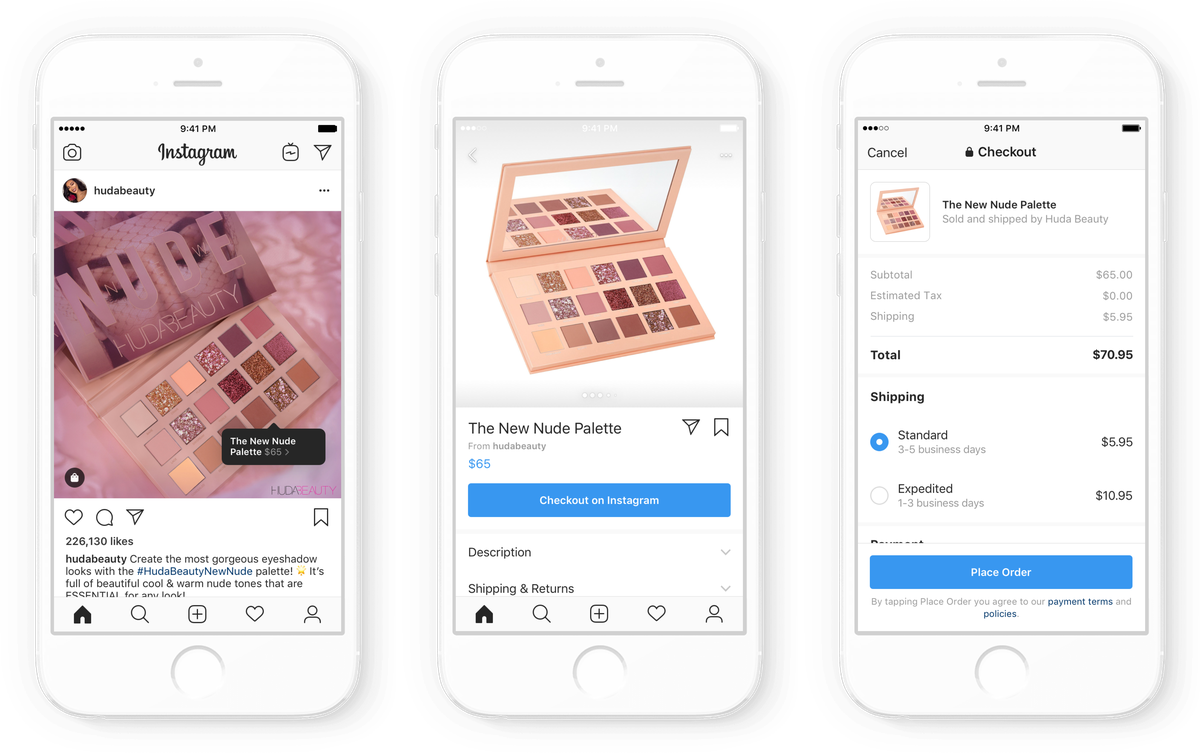
Abandoned cart emails and dynamic product ads are a great way to convert people already interacting with your brand.
Men’s apparel company Chubbies uses dynamic product ads to direct browsers right back to the items they were already considering.
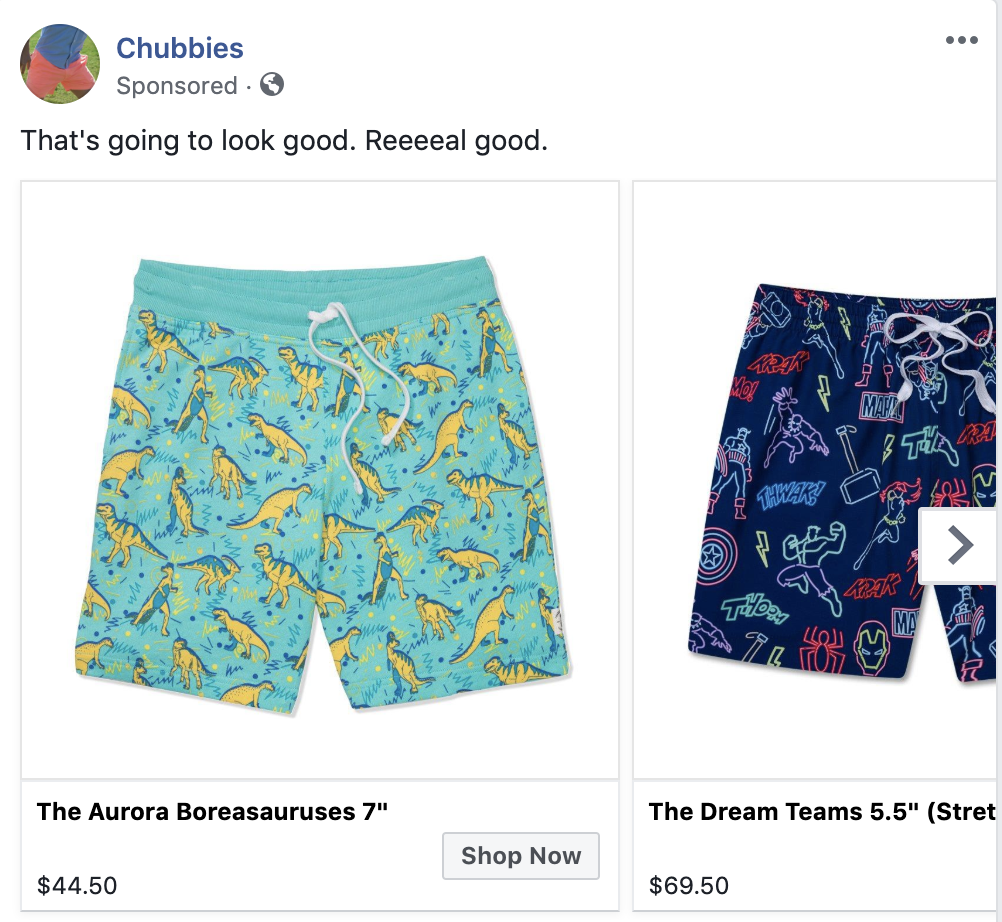
But Facebook ads can do even more than this! Using custom audiences and exclusion targeting, you can reach people who have already bought from you and are likely to purchase again.
Set up a custom audience, filter by web traffic and people who took specific actions with the Facebook Pixel.
Then select “people who visited specific web pages” and enter the URL for your thank you or post-checkout page, and voilá!
You now have an audience of people who already purchased from your brand.
This opens the door to a huge variety of possibilities. You can serve them ads including frequent product-bundling options, reminders for when their product is about to run out, and more.
The point being, you can send them incredibly targeted messages, increasing the likelihood that they’ll convert and become a repeat purchaser.
The most fool-proof way to get customers to buy from you again is to set up their future purchases in advance.
Bring in more revenue from the same customer by offering a subscription option and allowing them to set the frequency.
Take feminine care brand Lola, for example.
Lola knows that periods are most often a monthly occurrence.
Lola allows you to customize your products and set a delivery frequency to coincide with your monthly schedule.
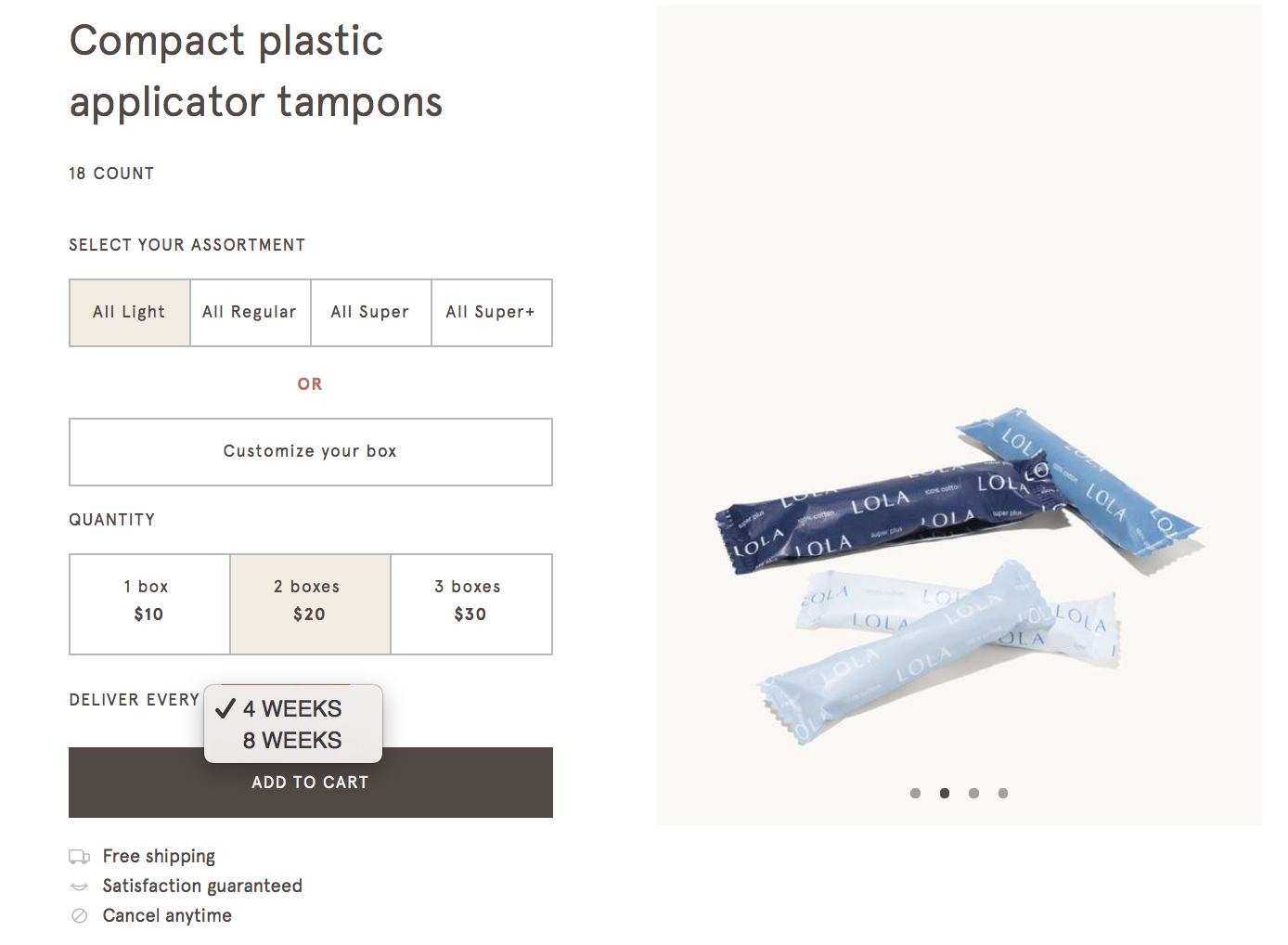
They make it easy and convenient for their customers to stick with their brand.
Similarly, the toothbrush brand Quip recommends replacing the brush head on their electric toothbrush every 3 months.
So they offer a refill plan where they’ll send you a new one every 3 months. For only $5.
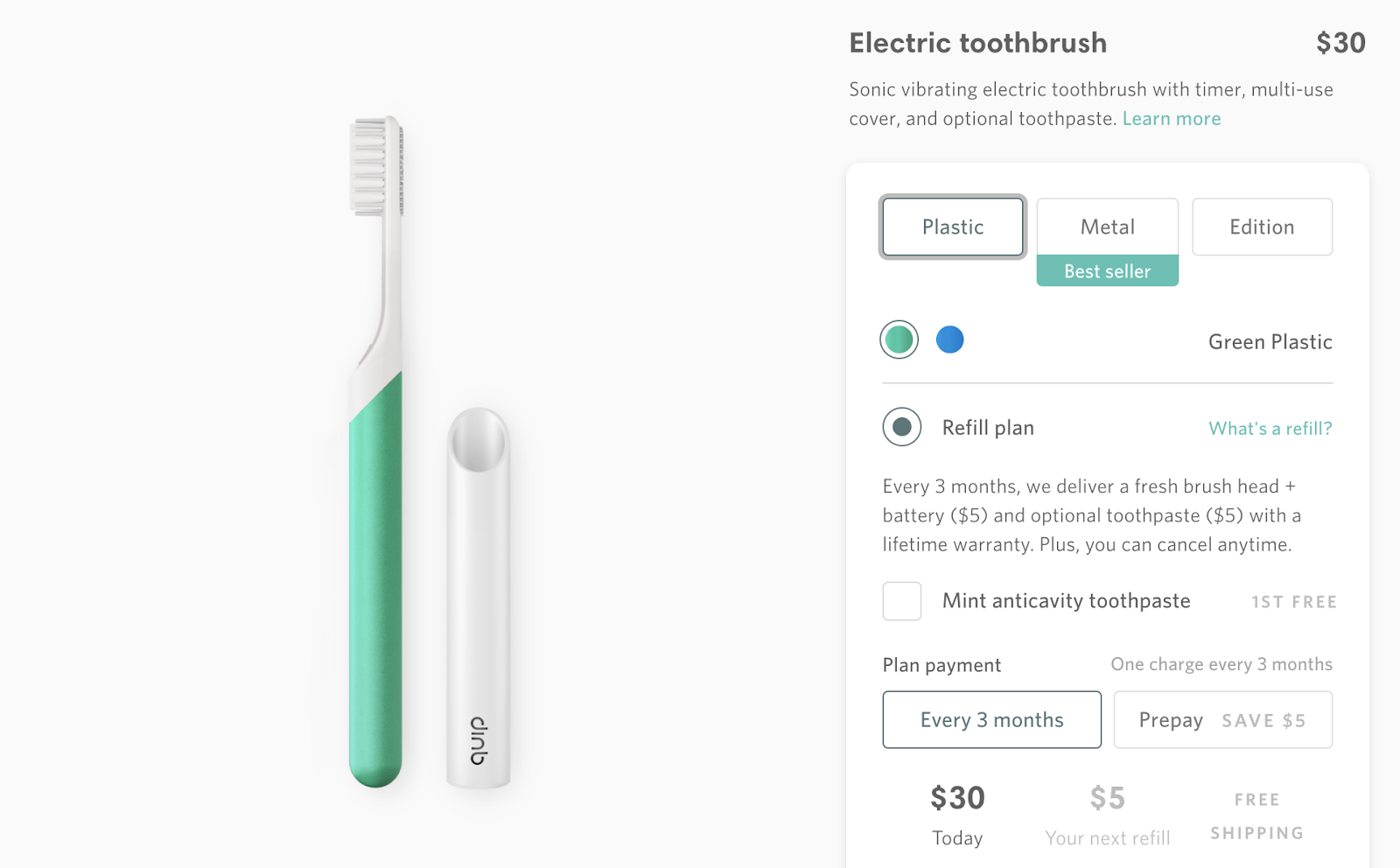
Even when you have a great product, there will be some customers it just doesn’t work for. To give your customers a seamless overall purchasing experience, returns should be seamless too.
Take the skincare brand Supergoop, for example. Their returns process allows you to select the items you want to return, get a refund confirmation, and then mail your return back when it’s easiest for you.
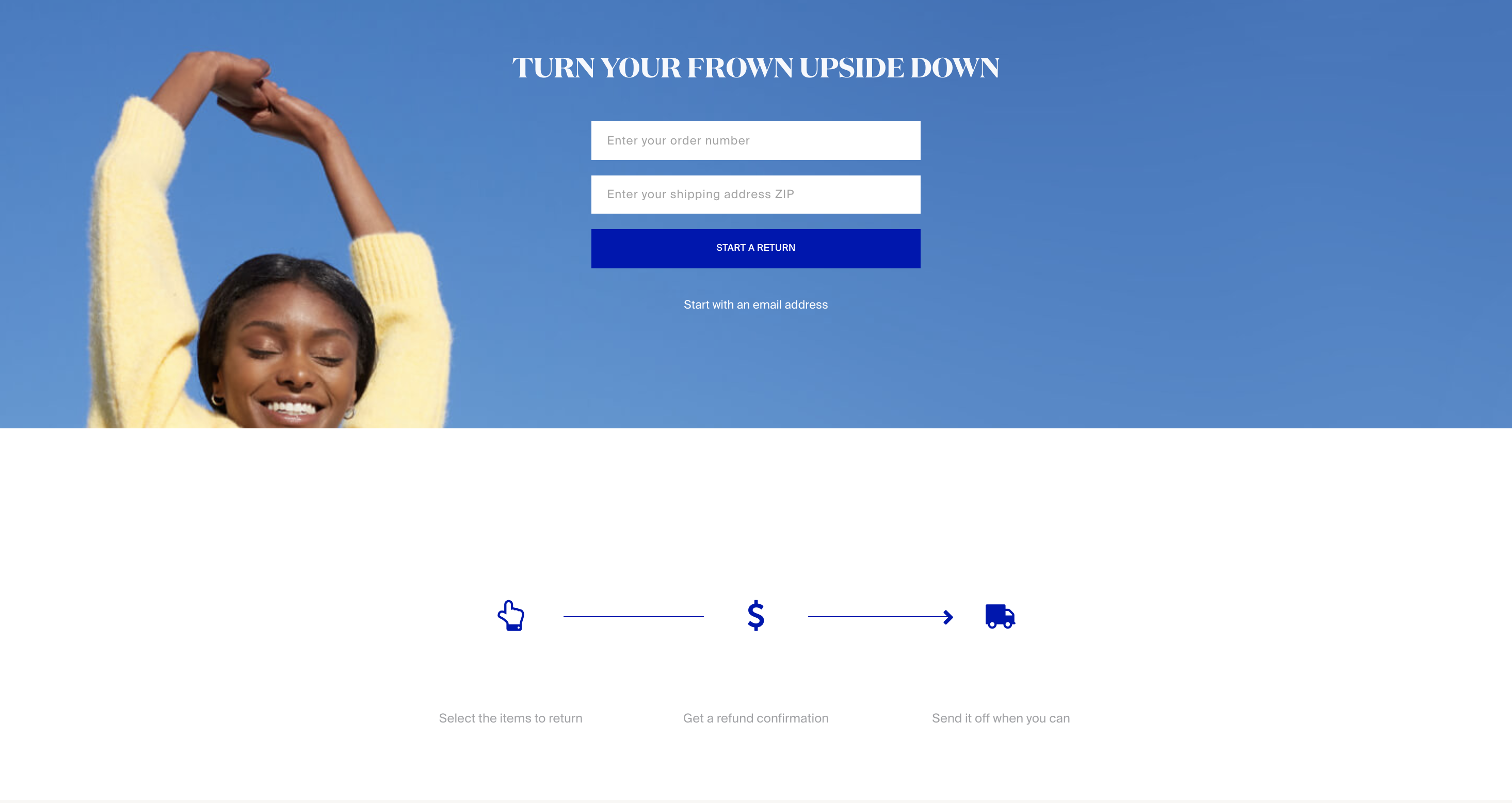
Apps like Returnly and Loop Returns allow you to provide simple, self-service returns. Having an easy-to-use system in place gives new customers peace of mind when purchasing!
Almost every product is bound to run out or need replacement at some point, right?
Spend some time and figure out how long your products usually last. Then send purchasers an email reminding them to refill about two weeks before they’re due to run out.
They’ll be glad for the reminder, and that they still have time to get a new order before their product actually runs out.
Warby Parker sends customers a reminder when their prescription is about to expire:
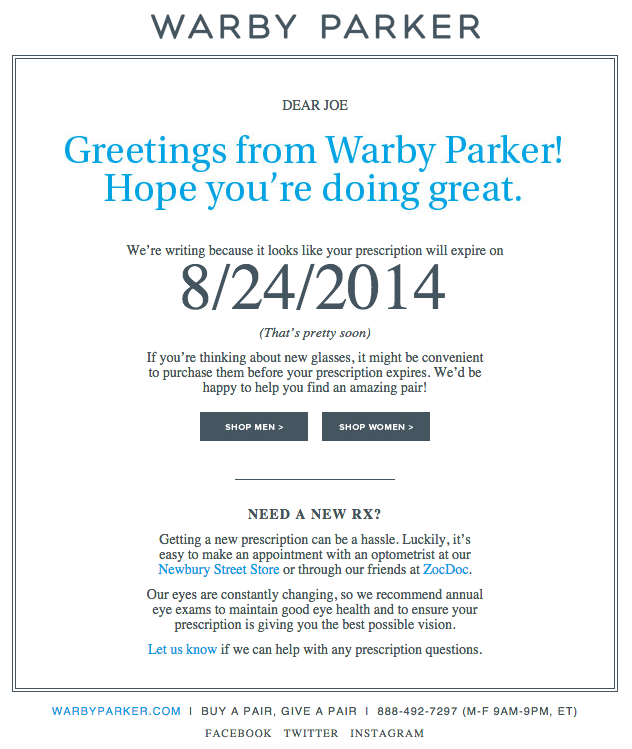
They suggest buying a new pair of glasses before that happens, and provide resources to schedule an appointment to get a new prescription.
Don’t let “at-risk” customers get away without a fight!
Re-engagement campaigns bring disengaged customers back into the fold.
Take these win-back emails from Victoria’s Secret Pink and ULTA:
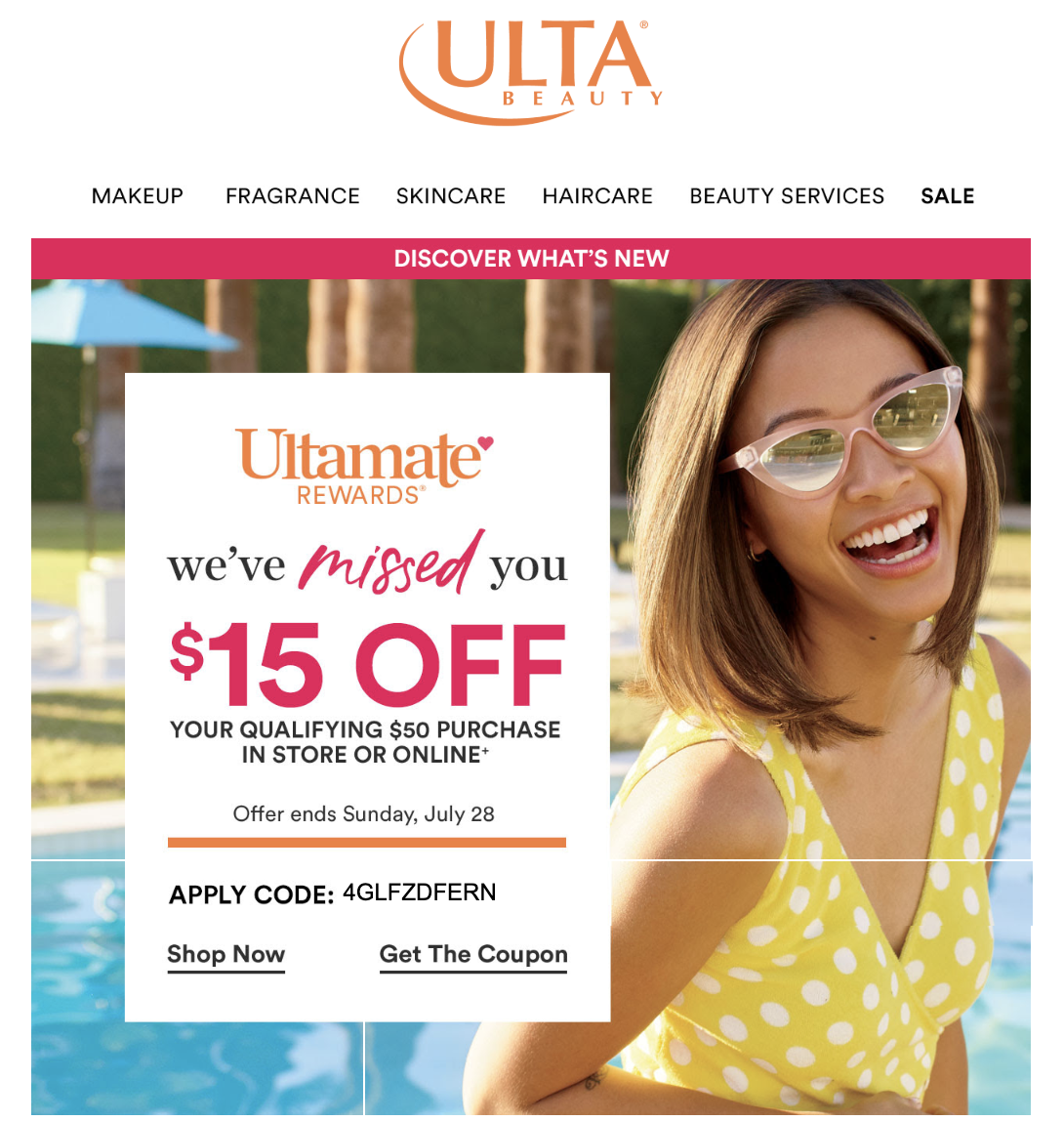
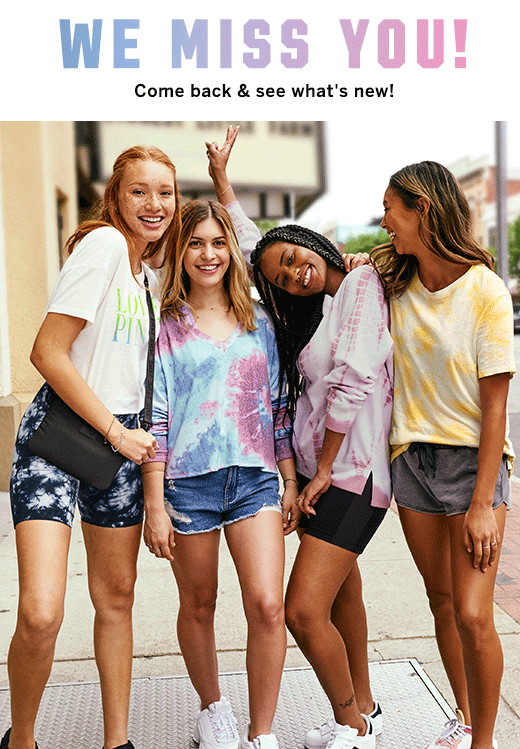
Victoria’s Secret Pink leads with their new items as it’s been awhile since the customer interacted with their brand.
Both brands offer a discount to encourage their customer’s next purchase.
But how do you figure out which of your customers should get this email??
A tool like Glew can help.
Glew is an analytics platform that syncs with Shopify. Glew will calculate what it calls your customer “lapse point.”
By analyzing your historical data, Glew finds the average number of days it takes for a one-purchase customer to order again. It then sorts your customers into active, at-risk, and lost segments.
Send win-back emails like the ones above when customers enter that “at-risk” segment.
With all of this in mind, it should be easy for your past customers to purchase from you again. By reaching them on a variety of platforms with multiple ways to re-engage, they’ll have to put in MORE effort NOT to be a repeat purchaser.

No spam, ever. We promise.
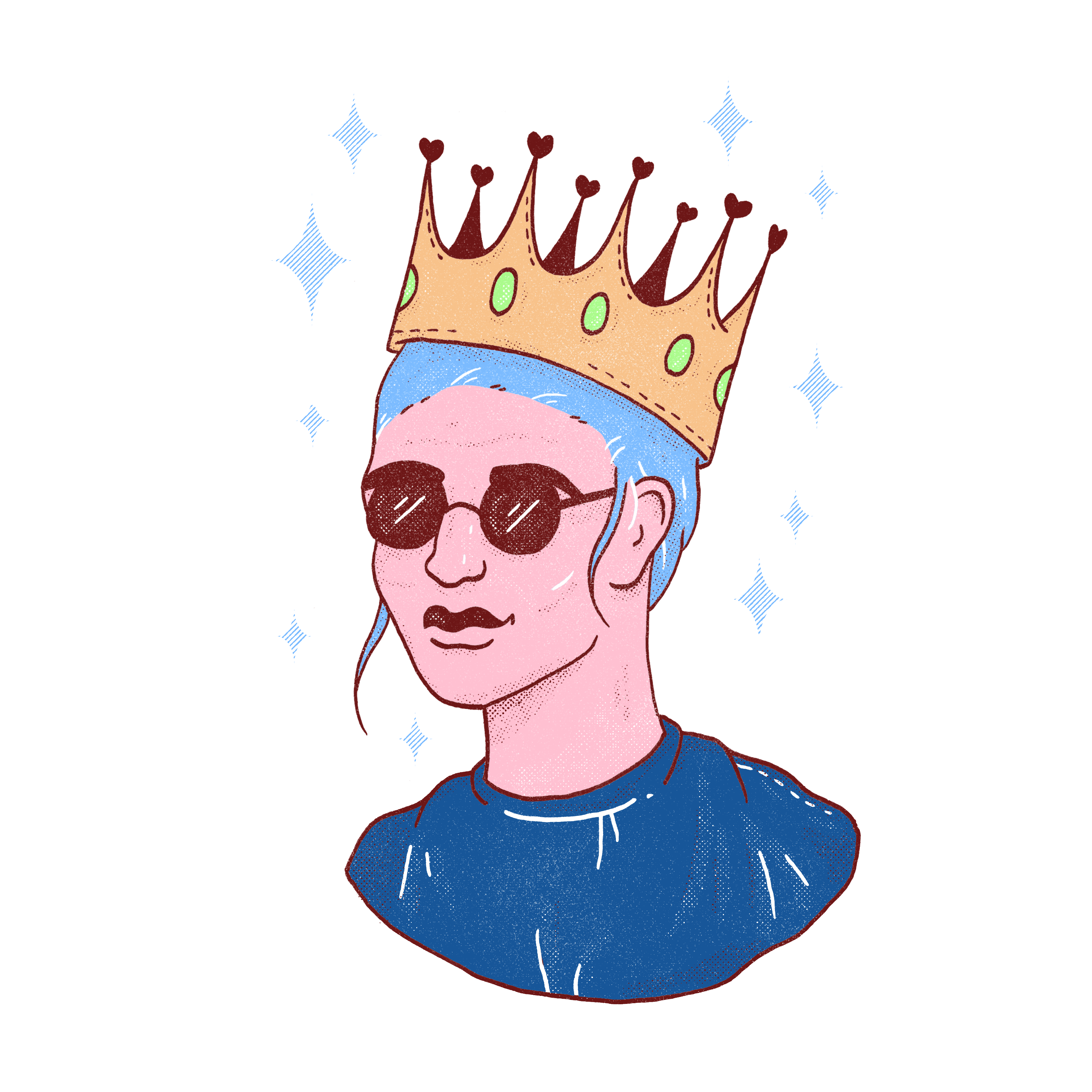
You can increase loyalty by helping your customers become VIPs, or reach the top tier of loyalty. Every brand will have a different definition of a VIP customer, but broadly speaking, this is the most elite group within your customer pool.
You’ll need to determine what “VIP” means for your customer base. Some brands define VIPs as customers with a certain cumulative spend over a longer period of time. Others define VIP customers as those who make high-value purchases in the short-term. The former are more consistent customers, but the latter group is made up of big spenders.
The ecommerce clothing brand Petite Studio has four tiers in its “Petite Club”: Bronze, Silver, Gold, and Platinum. Platinum members, or those who have spent $2,000+ in a single calendar year, receive access to a VIP concierge service. Once members hit Platinum they receive an exclusive email with concierge details and contact info.
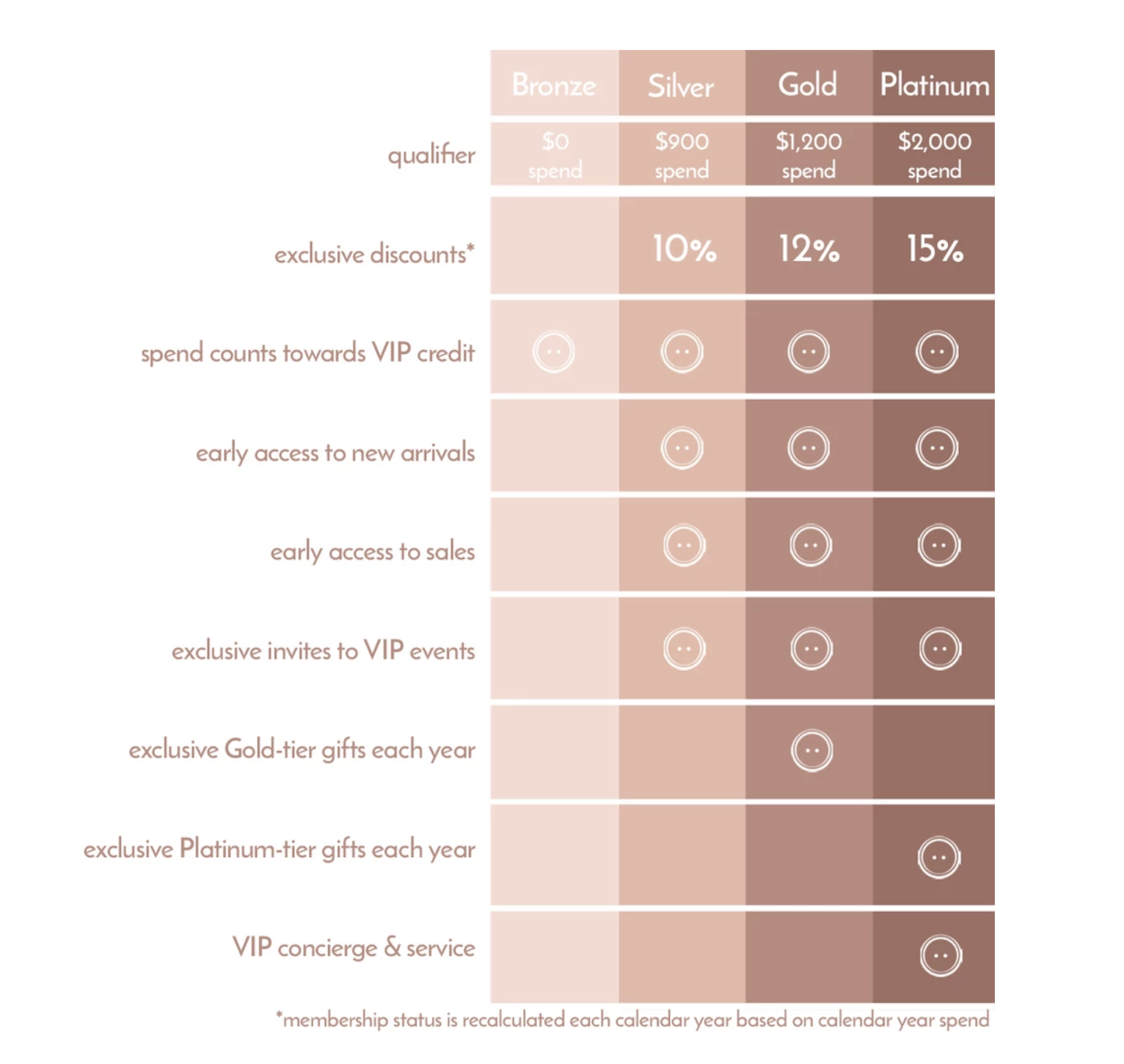
The vape and accessories brand Davinci calls its loyalty program "The Explorers Club". Its 4-tier system offers different rewards based on a points system. Customers can earn points by shopping, following the brand on social, sharing content on social, and referring a friend.
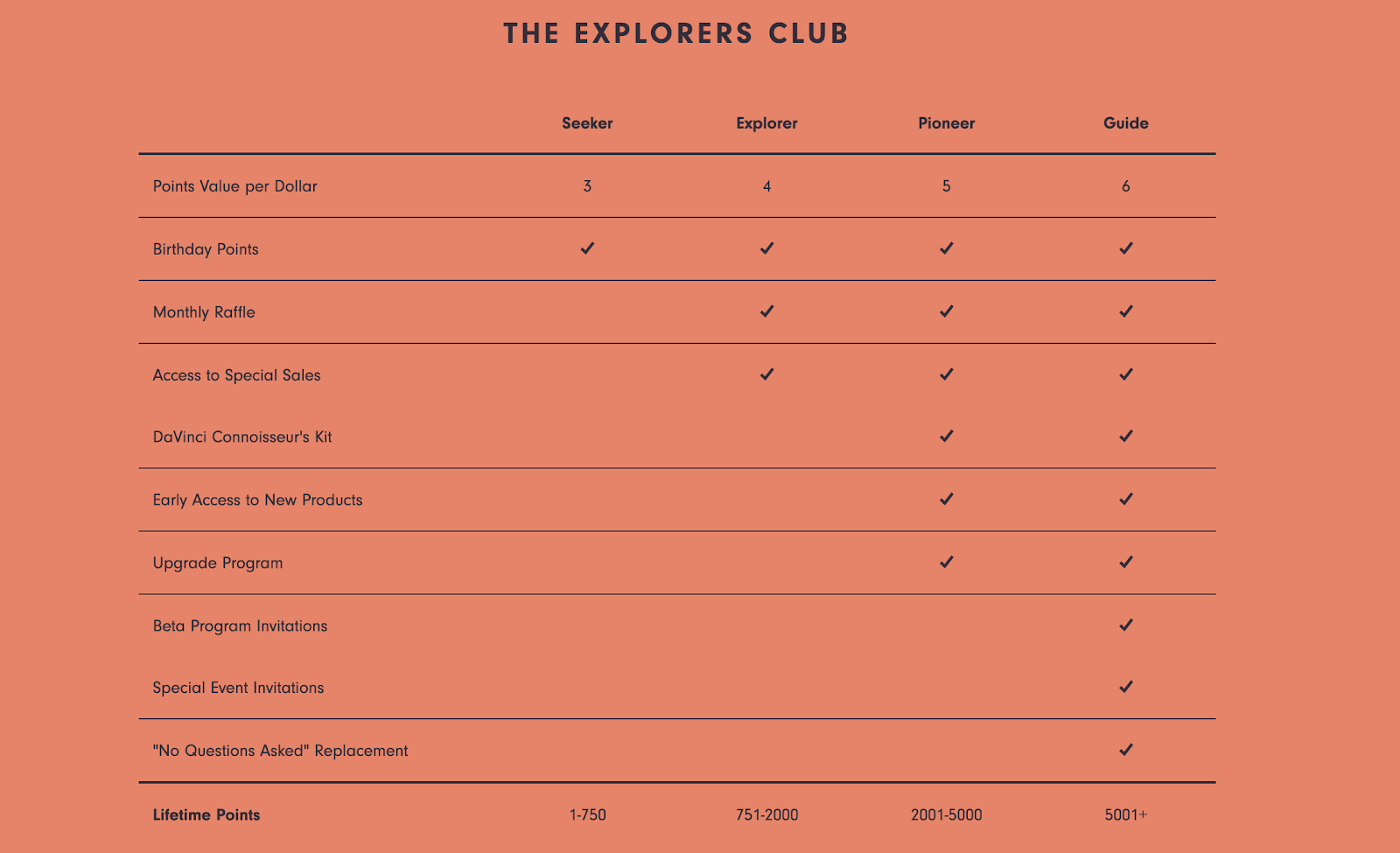
Once you define your VIP tier, you need to reward them. This will encourage them to continue purchasing to maintain their status, and result in a group of incredibly loyal customers, or brand champions.
As you’re thinking about loyalty, it can be useful to find ways to personalize products and marketing for consumers. This will help your customers feel like VIPs as soon as they start interacting with your brand.
One company that does this well is Care/Of. The vitamin brand’s personalization process is a key part of its business model, in which subscribers receive customized vitamin packets based on their health needs.
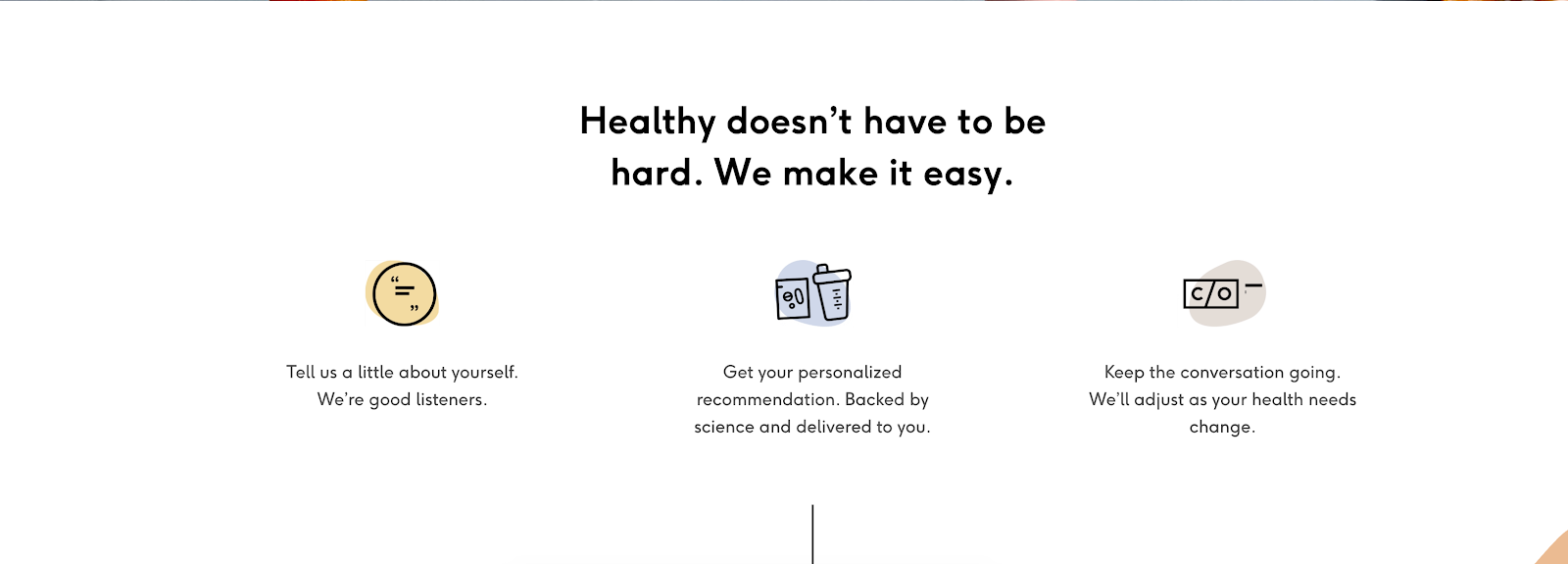
When you land on the Care/Of website, if you’re not logged in, you’re prompted to take a quiz to share your unique health issues and concerns.
Care/Of will then build a custom plan for you, featuring daily vitamins and any supplements you might need.
When you receive a Care/Of order, your vitamin packets will feature your name.
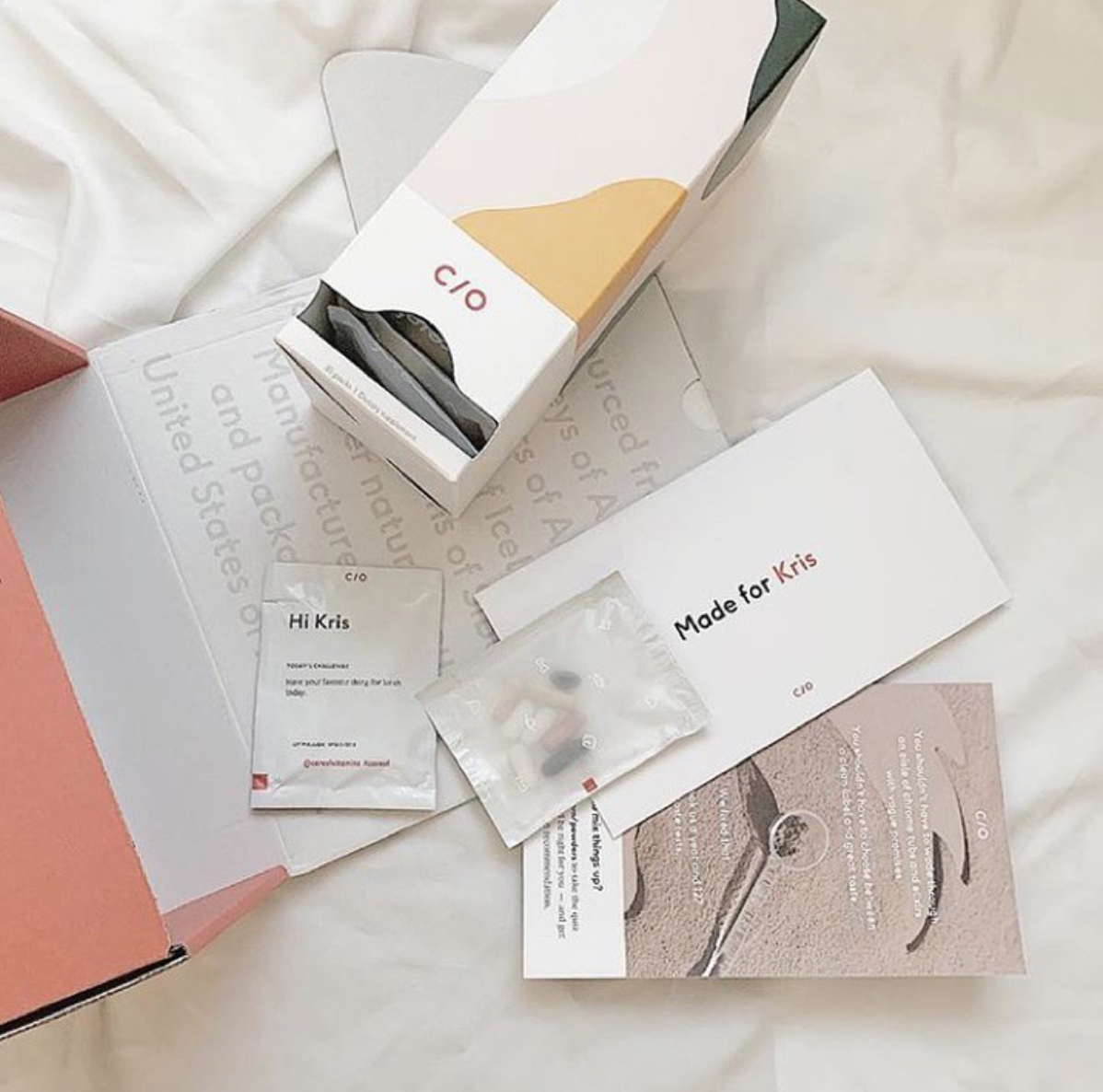
Because Care/Of customers are given personalized health plans, they’re much more likely to continue with their subscription rather than moving somewhere with a less customized plan.
One way to reward your most loyal customers is to give them community-building incentives.
Glossier gave 150 of its most active customers access to exclusive, city-specific Slack channels, where users can plan events and give feedback on new products.\
In 2018, Bloomberg reported on Glossier’s plans to launch its own social media platform. Users will be able to share tips with other Glossier fans, leave product reviews, and even buy products directly from the platform.
Another brand that builds community well is Lululemon.
The athleisure company hosts workout classes in different cities, as well as festivals and retreats where fans of the brand can meet other members of the community.
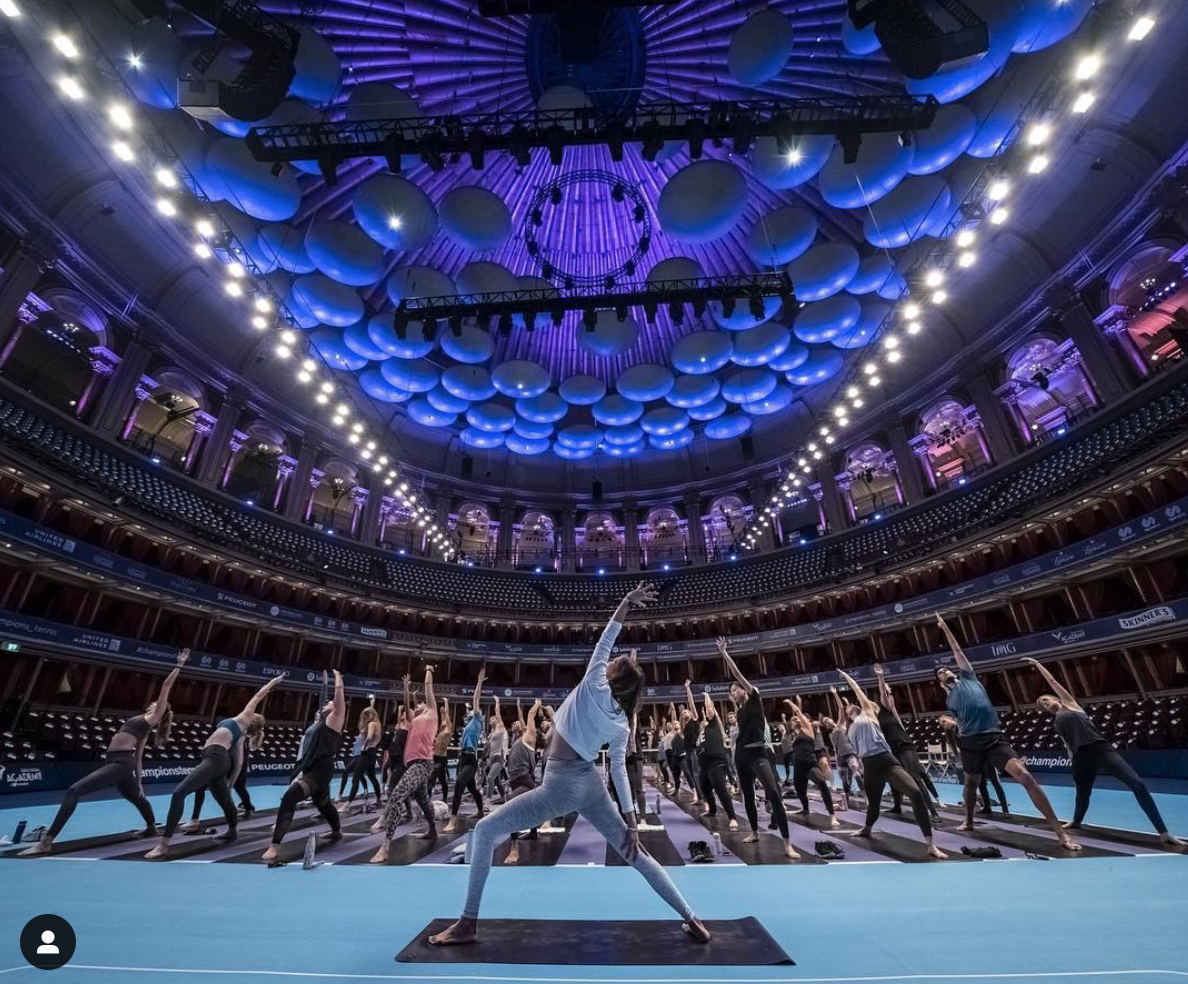
A brand’s most loyal customers will shop regularly, even without incentives, but personal touches like Lululemon’s events help customers feel like part of a community, encouraging them to identify even more with the brand.
You can also cultivate VIP customers by building a substantial loyalty program.
The startup lingerie company Third Love offers customers access to its rewards program based on their lifetime spend. All rewards members receive extra discounts, free shipping on orders of $50 or more, and a birthday gift. As they spend more, higher-tier members unlock exclusive rewards.
Rewards programs based on customer spend are common, but there are other ways to build a loyalty program.
For instance, Lululemon began testing a paid loyalty program to a small group at the end of 2018. For $128/year, select members received a free pair of pants or shorts, free expedited shipping on all orders, and access to exclusive workout classes and events.
While a paid loyalty program isn’t the answer for every brand, the success of one will further prove your customers’ loyalty.
Once customers hit your VIP level, you need to make sure the rewards they receive feel worthwhile to them.
Sweetgreen, for example, has a robust loyalty program that offers some really unique rewards at the highest levels.
Those who spend more than $1,000 at Sweetgreen in a single year unlock the salad chain’s concierge service, a team of customer service representatives tasked with fielding personal requests from loyal customers.
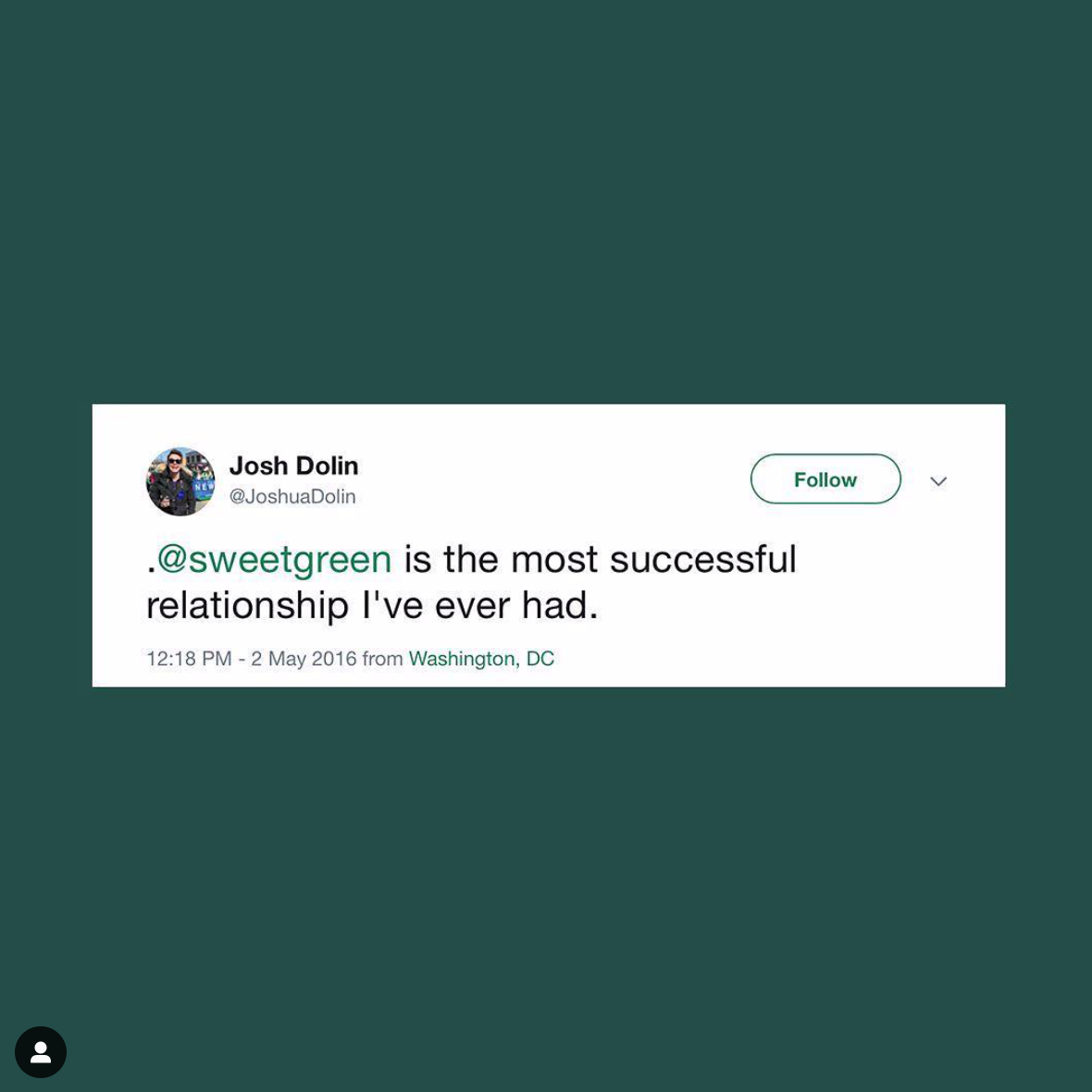
The most exclusive rewards are even more unique.
High-status members in the exclusive “Black” status tier — those who spend $2,500+/year at the salad chain — can throw a 10-person party at their local Sweetgreen for free.
Concierge services like Sweetgreen’s are very popular VIP rewards. While these services have been a feature of luxury shopping for decades, ecommerce brands are reshaping the idea for a new generation of online shoppers.
The high-end outdoor apparel brand Aether gives its VIP customers early access to new season collections before they’re published online and early sale access.
Concierge services are very popular with luxury ecommerce retailers as well.
The designer fashion curator Net-A-Porter refers to its VIPs as “EIPs” or “Extremely Important People,” who are offered certain “Extremely Important Privileges.”
These privileges include access to a dedicated personal shopper, advance preview access to all new collections, access to private sales, and in-person appointments with stylists before special events.
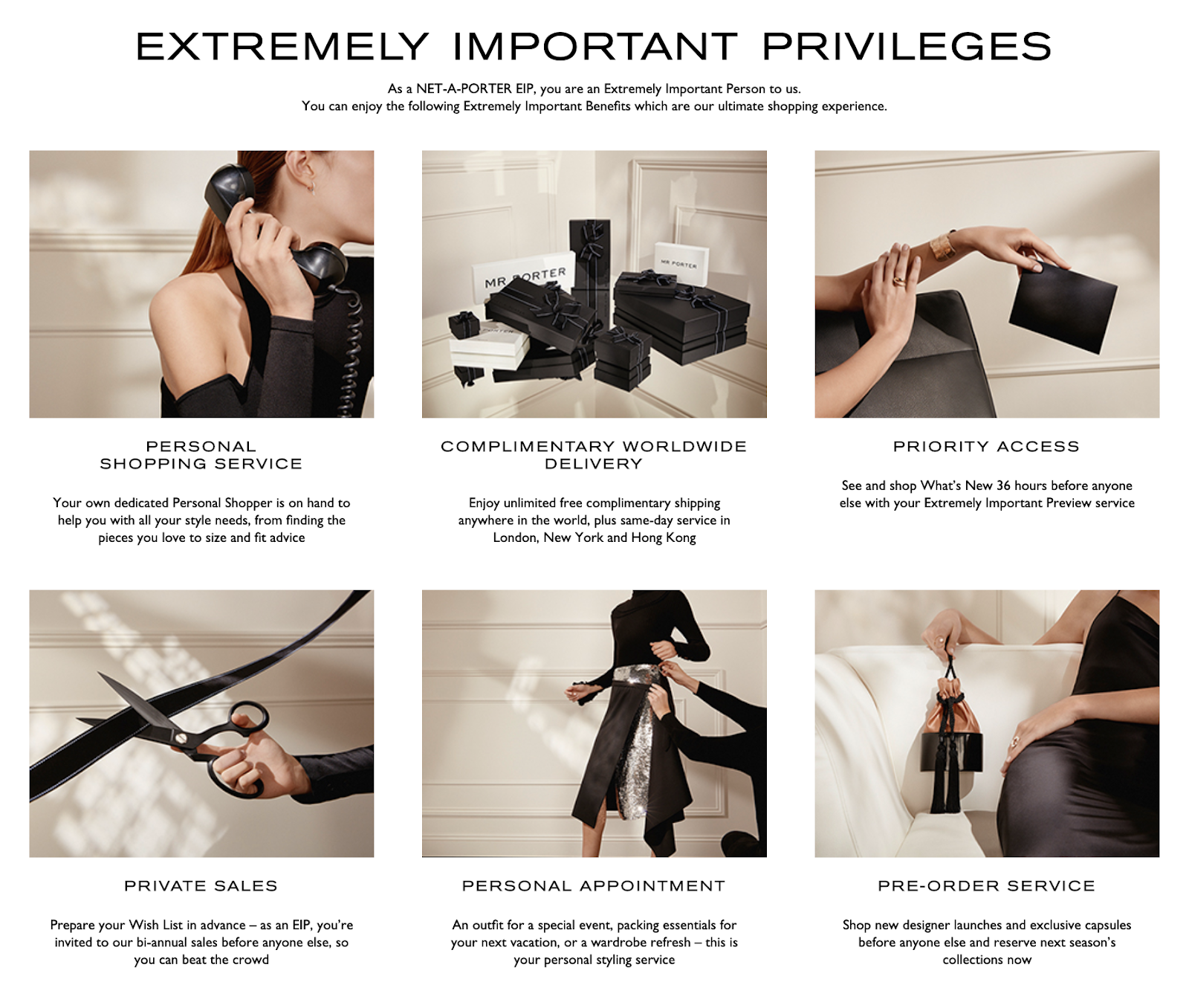
Concierge services add another level of personal touch to the shopping experience, and help customers feel like you’re on their side.
Ultimately, you’ll need to build the loyalty program that works best for your brand. But done correctly, a loyalty program can become one of the most valuable parts of your business.
The final step will be choosing the software that will help the program run smoothly. We’ll go over the pros and cons of different apps in our final bonus chapter.

No spam, ever. We promise.
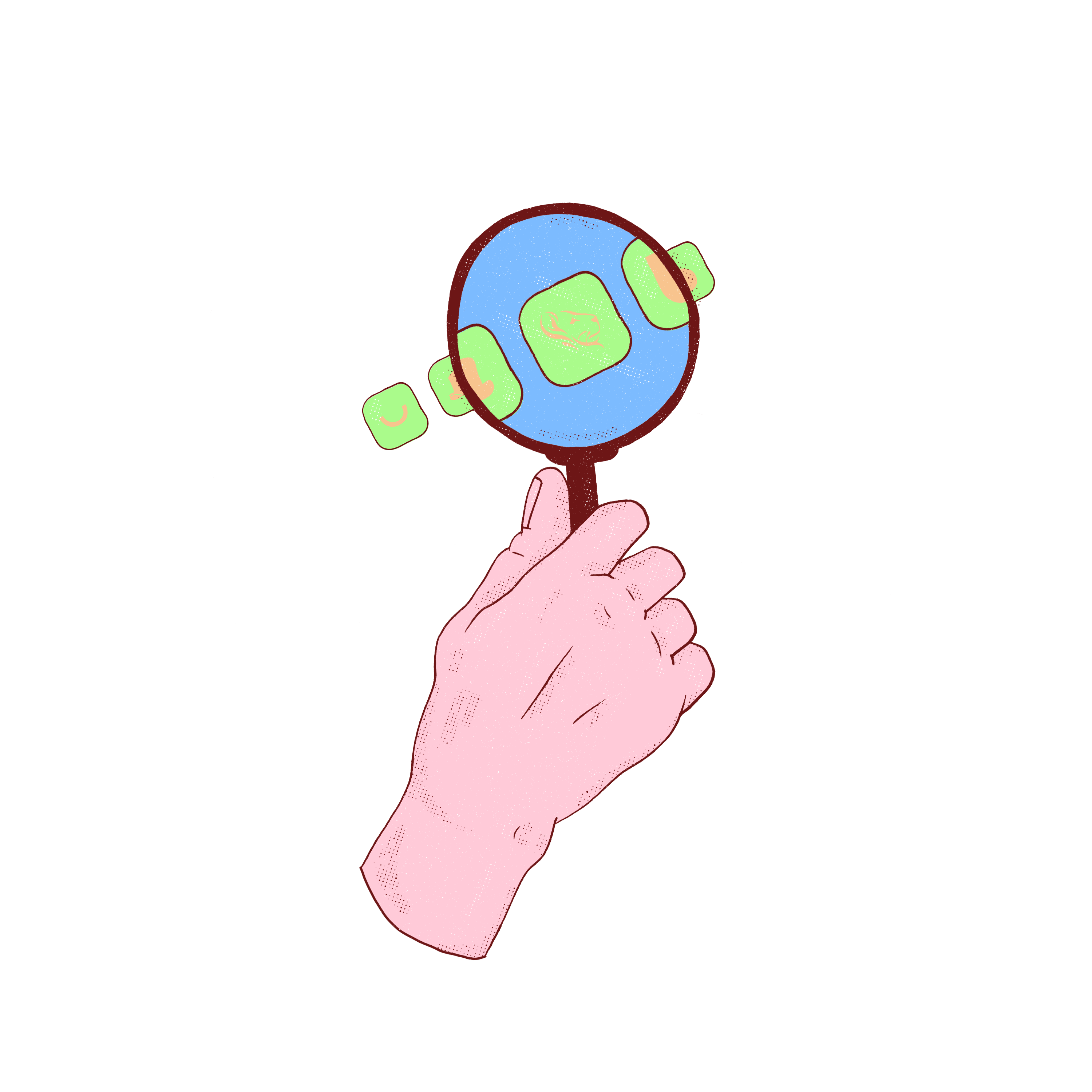
Swell, owned by the ecommerce marketing platform Yotpo, is one of the most popular loyalty apps. The app offers a tiered pricing plan, starting with a free self-service plan and going up to $249/month, recommended for businesses with more than 1,000 orders per month.
The premium tier allows for 15+ rewards campaigns, VIP tier incentive programs, fully managed implementation, detailed program analytics and more. The app’s flexible program logic allows you to make granular changes to your rewards campaigns to better meet specific business objectives.
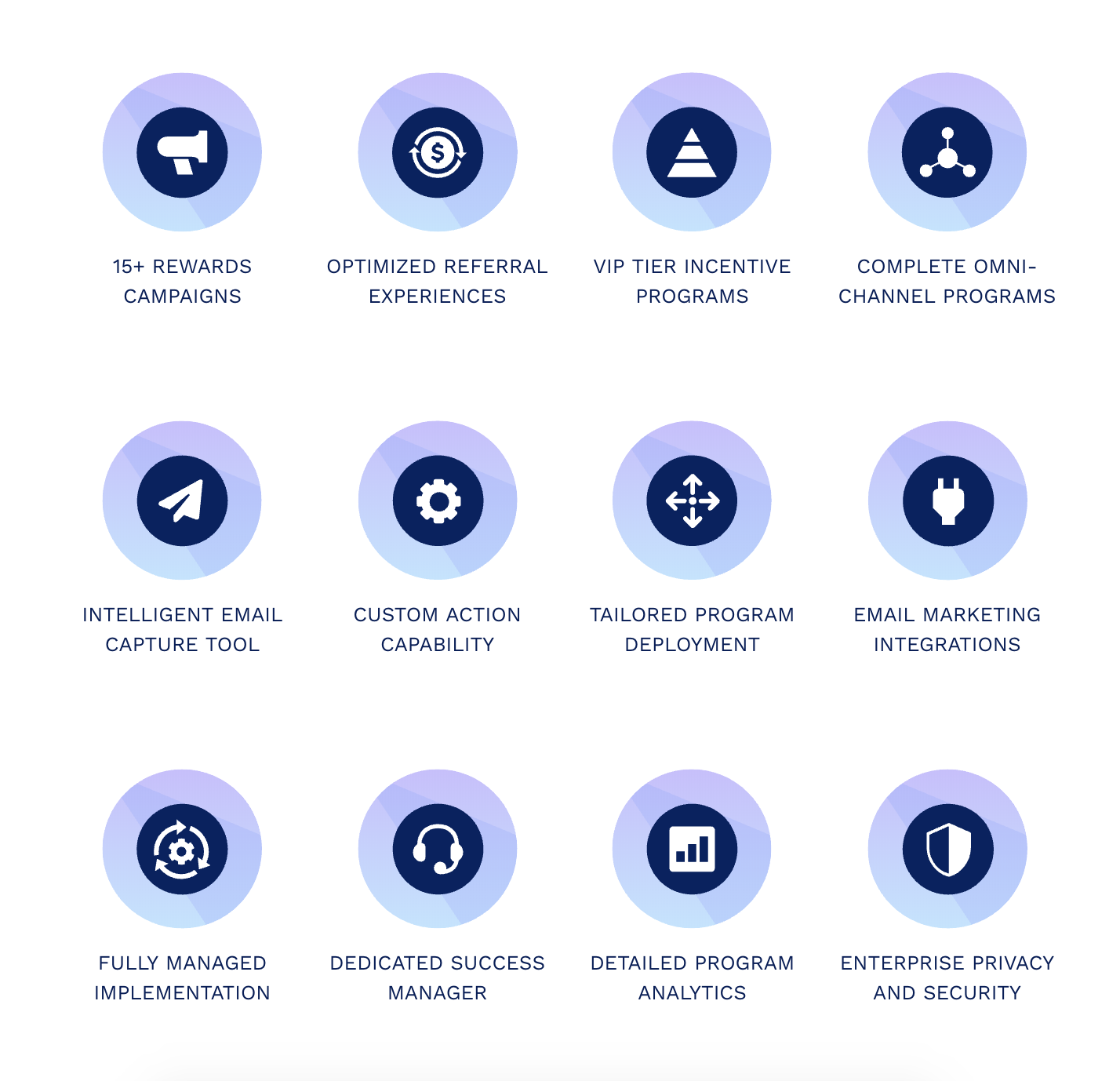
Swell features an intuitive design and even offers a Loyalty Program Generator that will help you build a program based on your industry and brand goals.
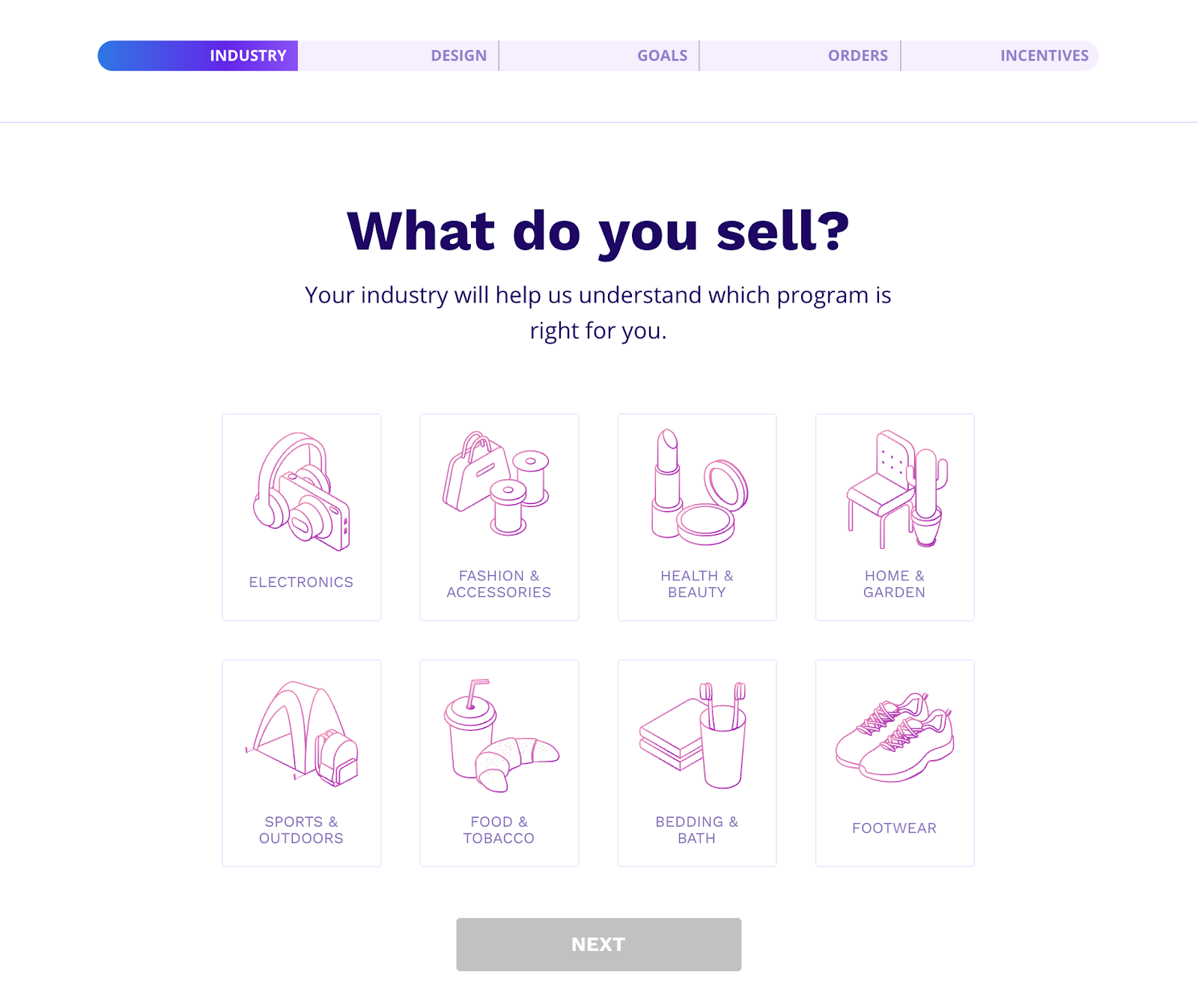
See it in action: Third Love uses Swell for its Hooked Rewards program. Members are placed into one of three tiers based on their lifetime spend. The VIP tier, or “Devotees,” gives members access to exclusive products and giveaways.
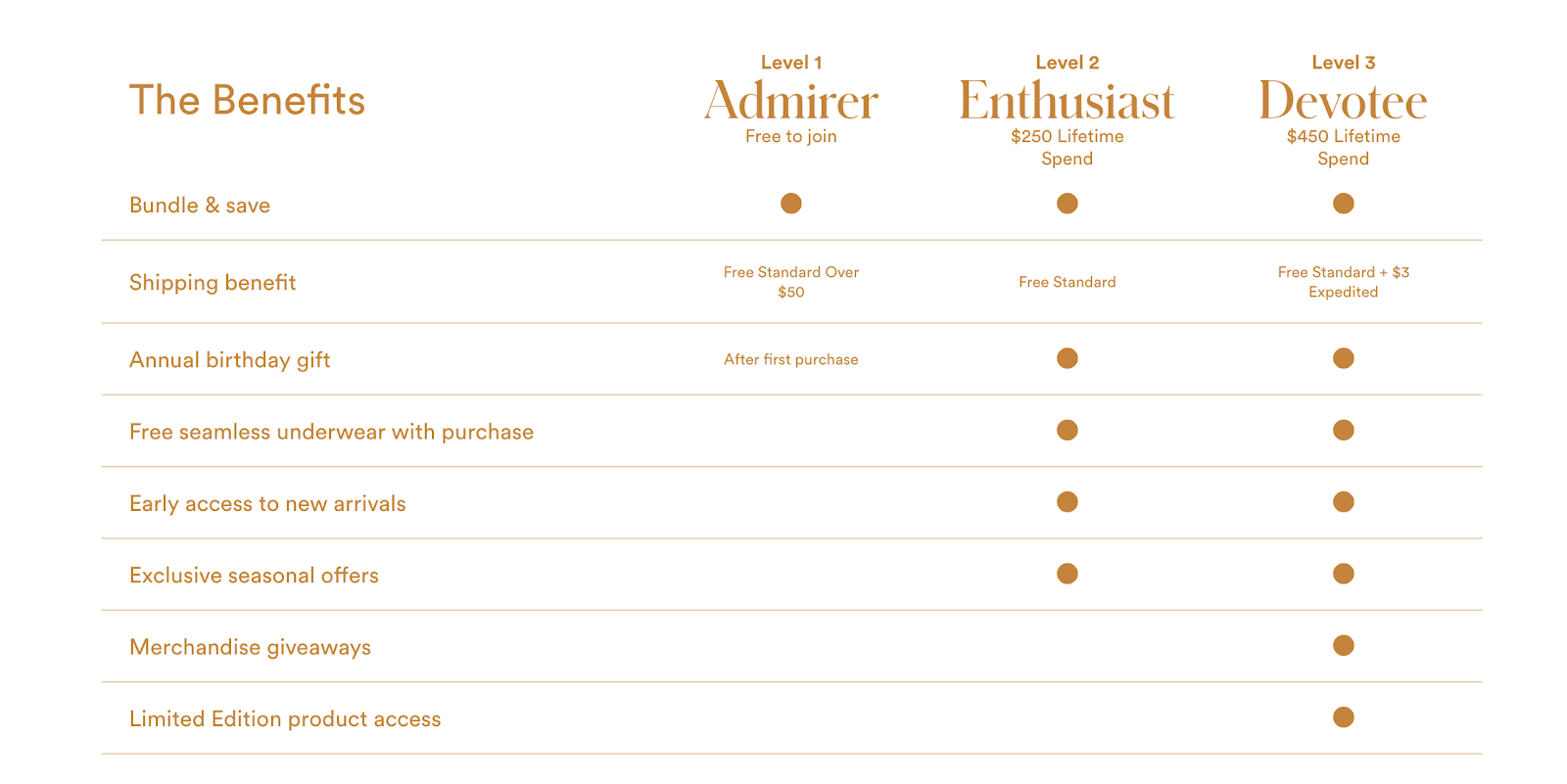
Best if: You want a complex loyalty program but need a little hand-holding setting it up.
Smile.io is another popular loyalty program with multiple options. It offers several pricing tiers, starting with a free plan that includes a basic points program and referral program.
The popular Growth tier, for $199/month, includes program branding, an analytics dashboard, rewards emails, and advanced reward conditions that allow you to tailor earning rules to specific customer groups.
Smile.io also includes a Pro tier with a VIP program and an Enterprise tier with custom reports.
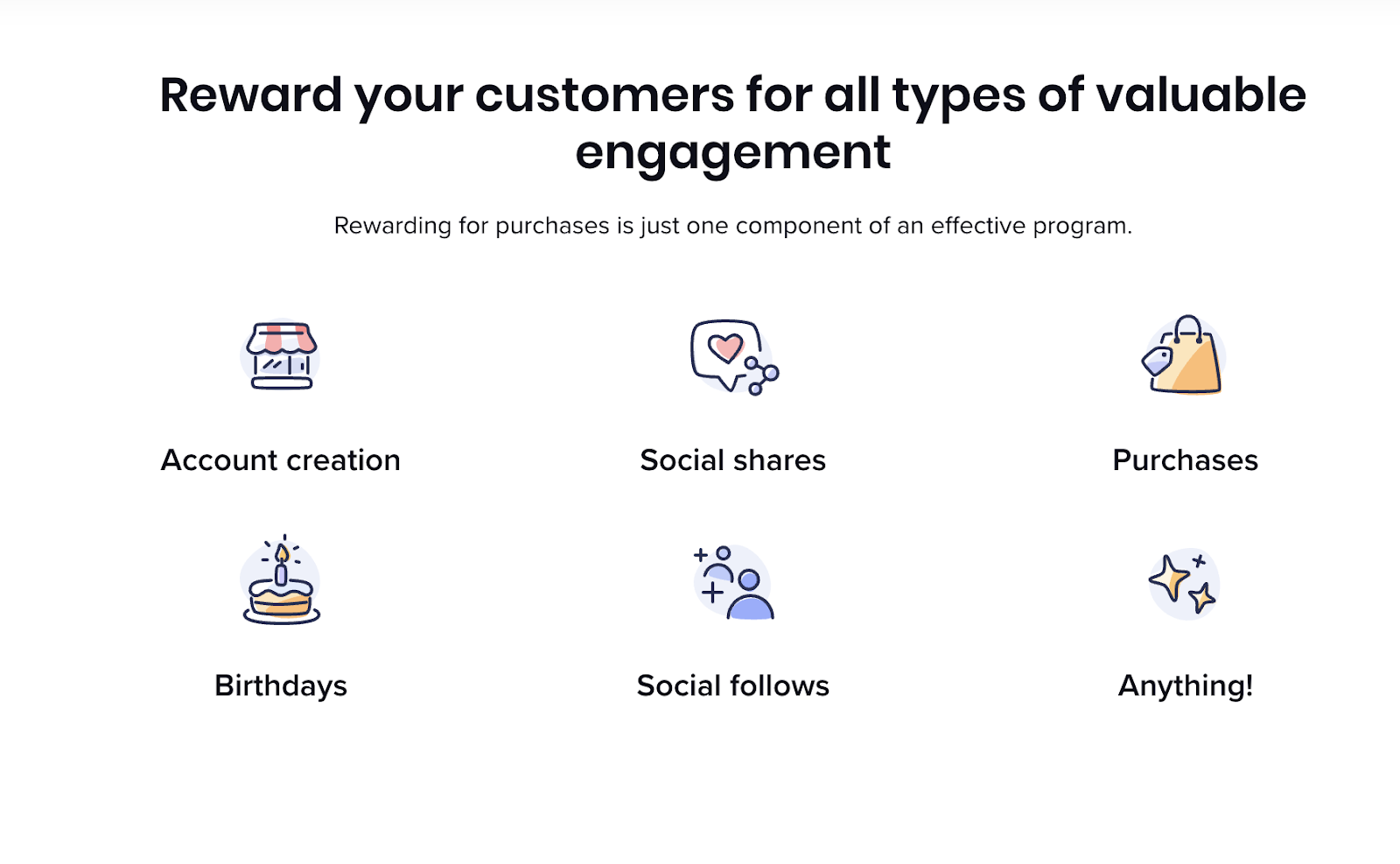
See it in action: Pixi Beauty uses the Smile.io rewards program to create tiered customer levels that earn you more points as you reach each level.
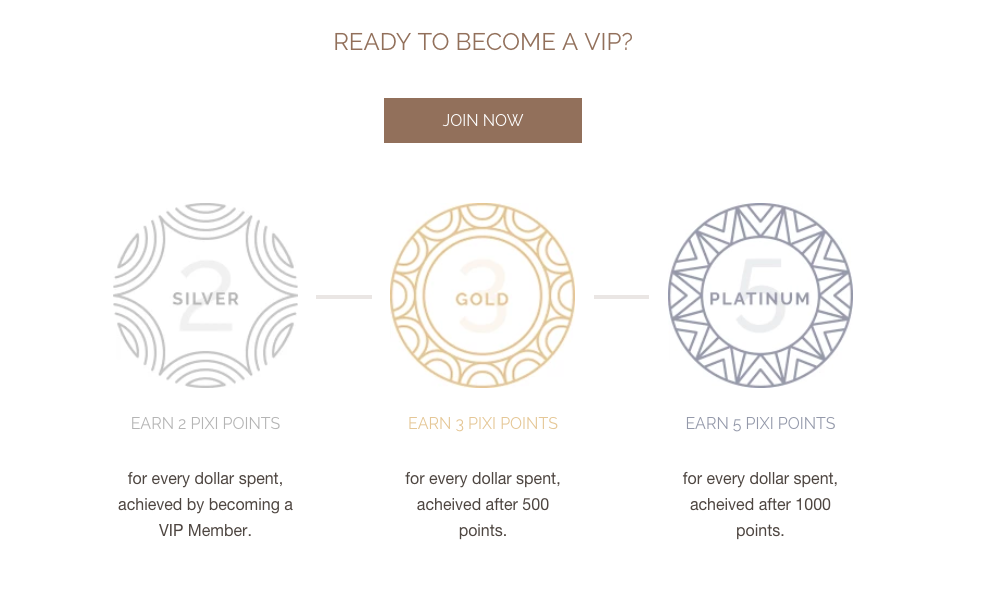
Using Smile.io, Pixi allows customers to earn points not only for purchases, but for a variety of other actions on their site.
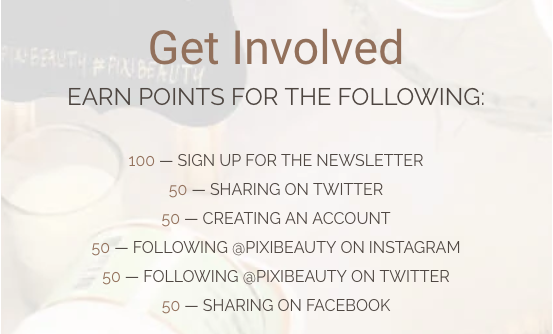
Best if: You want a loyalty program with a points system, VIP tiers, and referral rewards.
If you’re a data fiend looking for a complex analytics dashboard and a truly customizable loyalty program, Loyalty Lion might be the choice for you. The app can process a year’s worth of store data.
Loyalty Lion offers three pricing tiers, from Small Business at $159/month to Advanced at $699/month. All tiers offer a points system, in which points are redeemable for certain rewards.
In addition to points and rewards, Loyalty Lion offers seven more categories of features, integrations, and customization. The premium features include things like loyalty tiers and conditional tiers based on customer behavior.
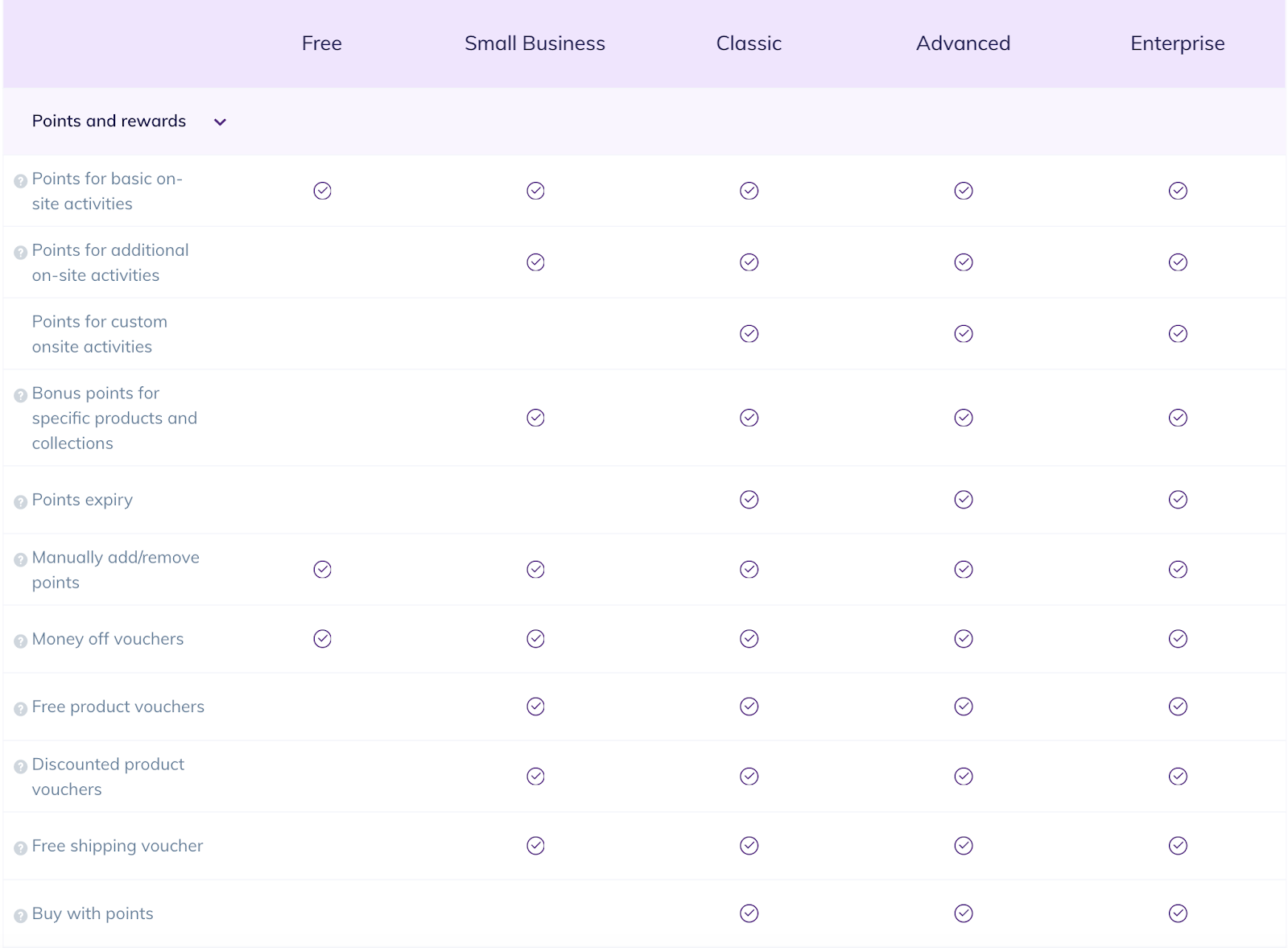
See it in action: The UK’s Hummingbird Bakery uses Loyalty Lion. Their program allows users to collect points every time they spend money at one of the brick & mortar locations, or in the online shop. Anyone who has an account with the bakery is automatically signed up for rewards.

Best if: You’re looking for advanced data and lots of customization.
Bold Commerce’s Loyalty Points app is the most straightforward of the bunch. The app’s reward system allows customers to earn points and redeem them for rewards.
You can choose specific ways that your customers will earn points, like social sharing, referrals, purchases and more. You can also select specific rewards, like dollars off, percentage discounts, and free shipping.
Bold is easy and fast to set up but does have some limitations; if you’re looking to build an elaborate custom loyalty program, Bold is probably not your best bet.

See it in action: Malaysian fashion retailer Shoploooh uses Bold Commerce to offer their customers reward points and loyalty tiers. Users can earn points that count towards discounts and move up in tiers the more they spend.
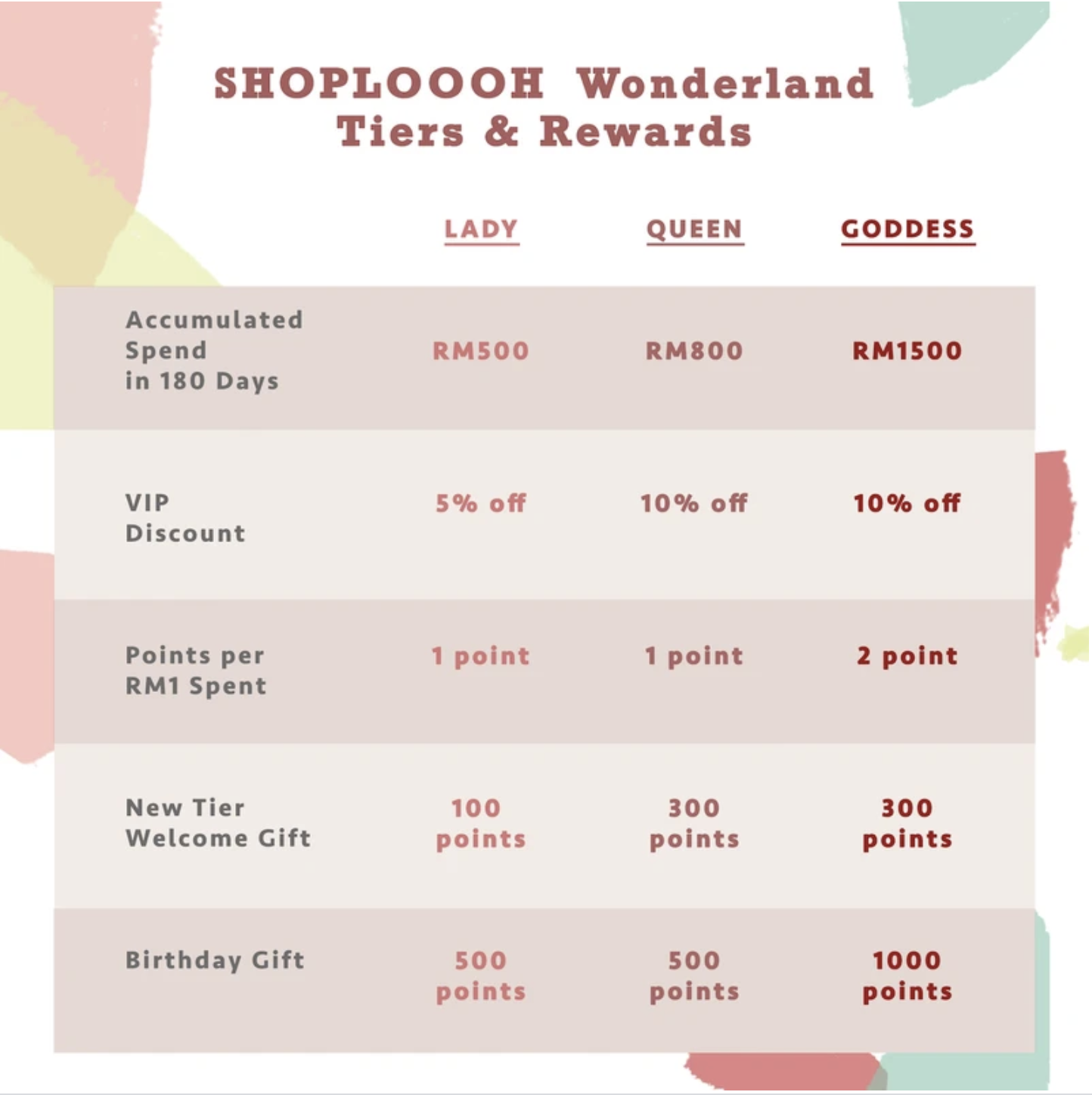
Best if: Your loyalty program will be a straightforward points-based rewards system.

Designing a loyalty program will be one of the most important things you do for your business. But if done well, it can be a huge driver of growth and an essential part of your brand.

No spam, ever. We promise.